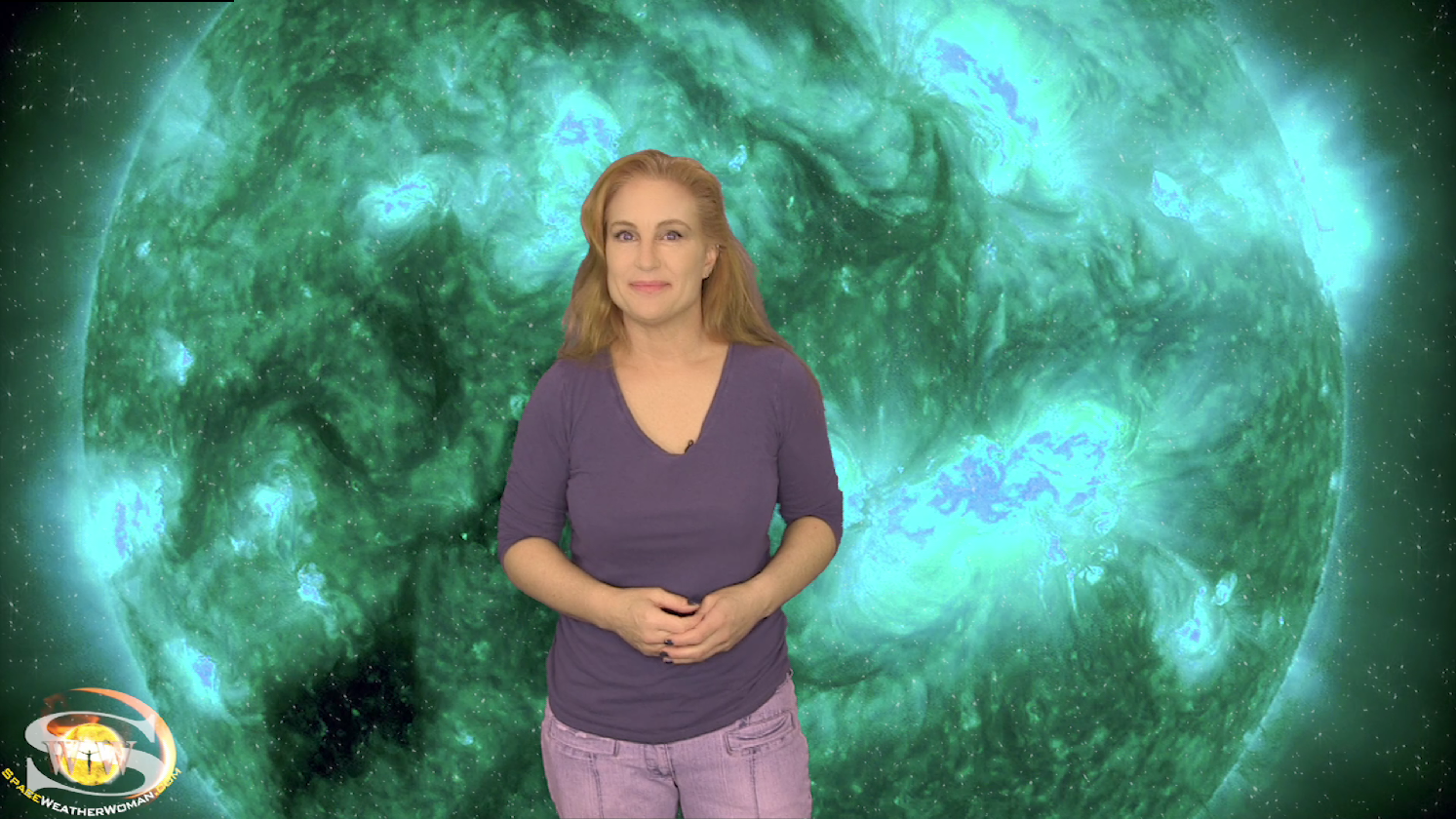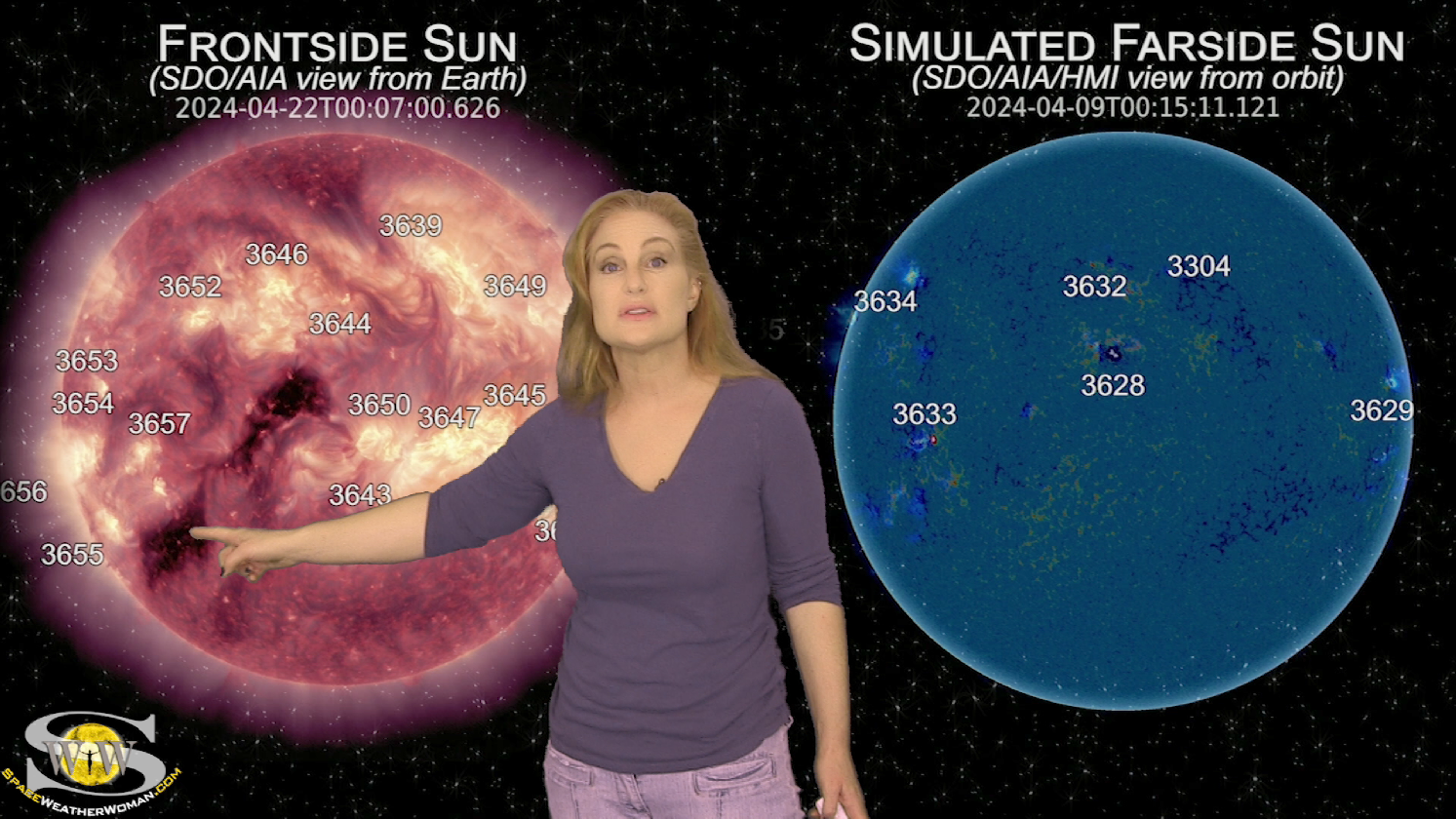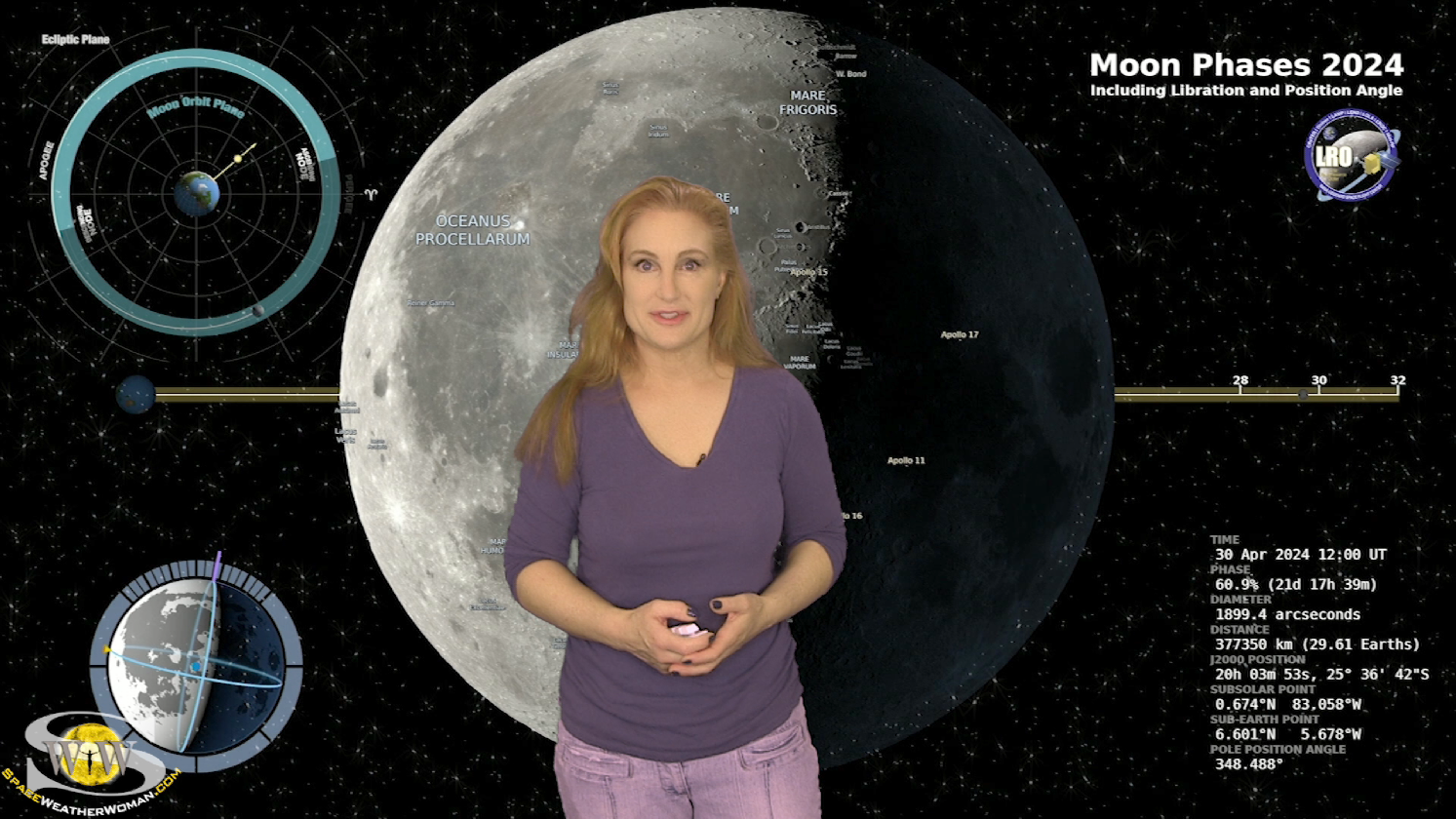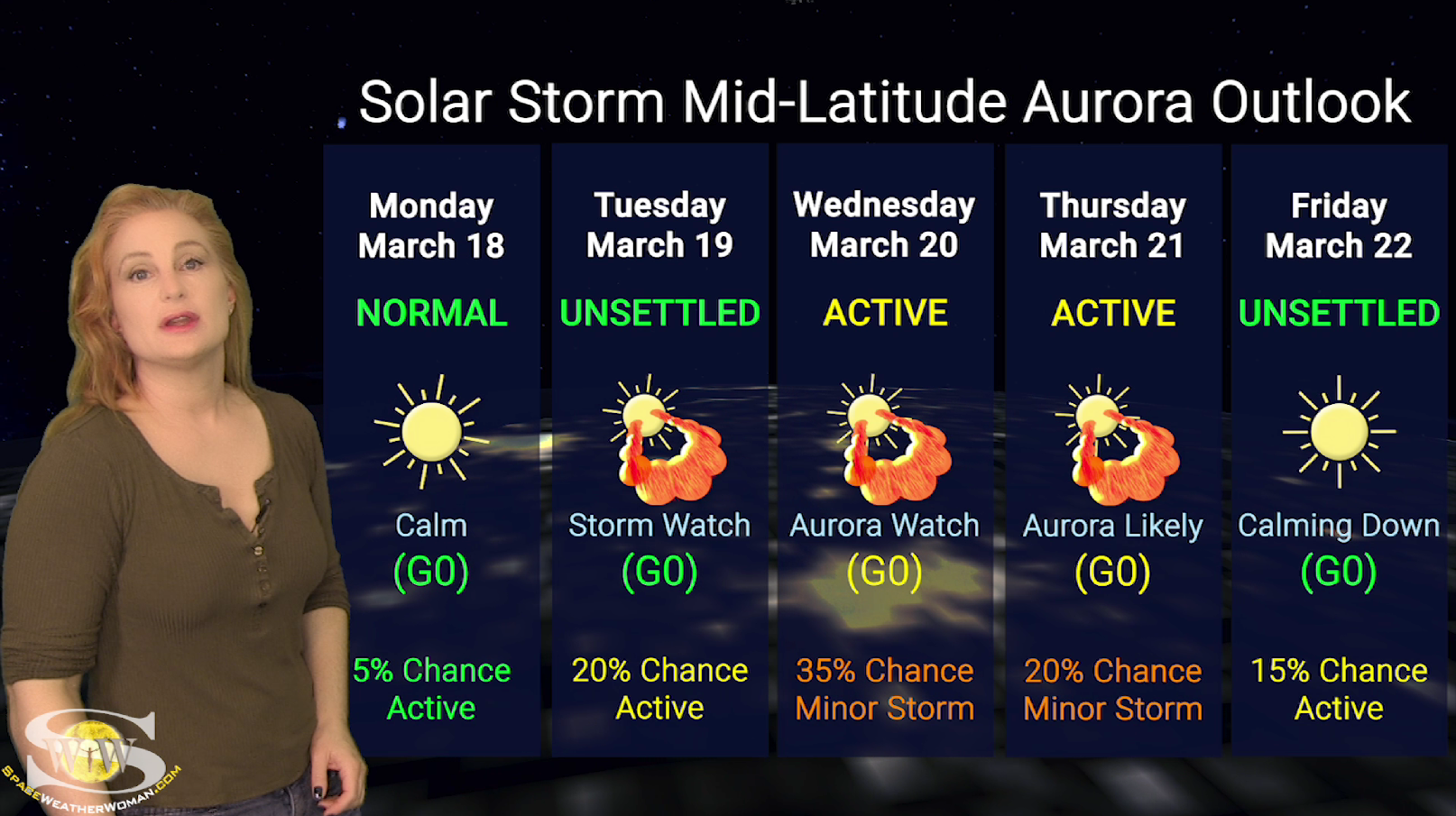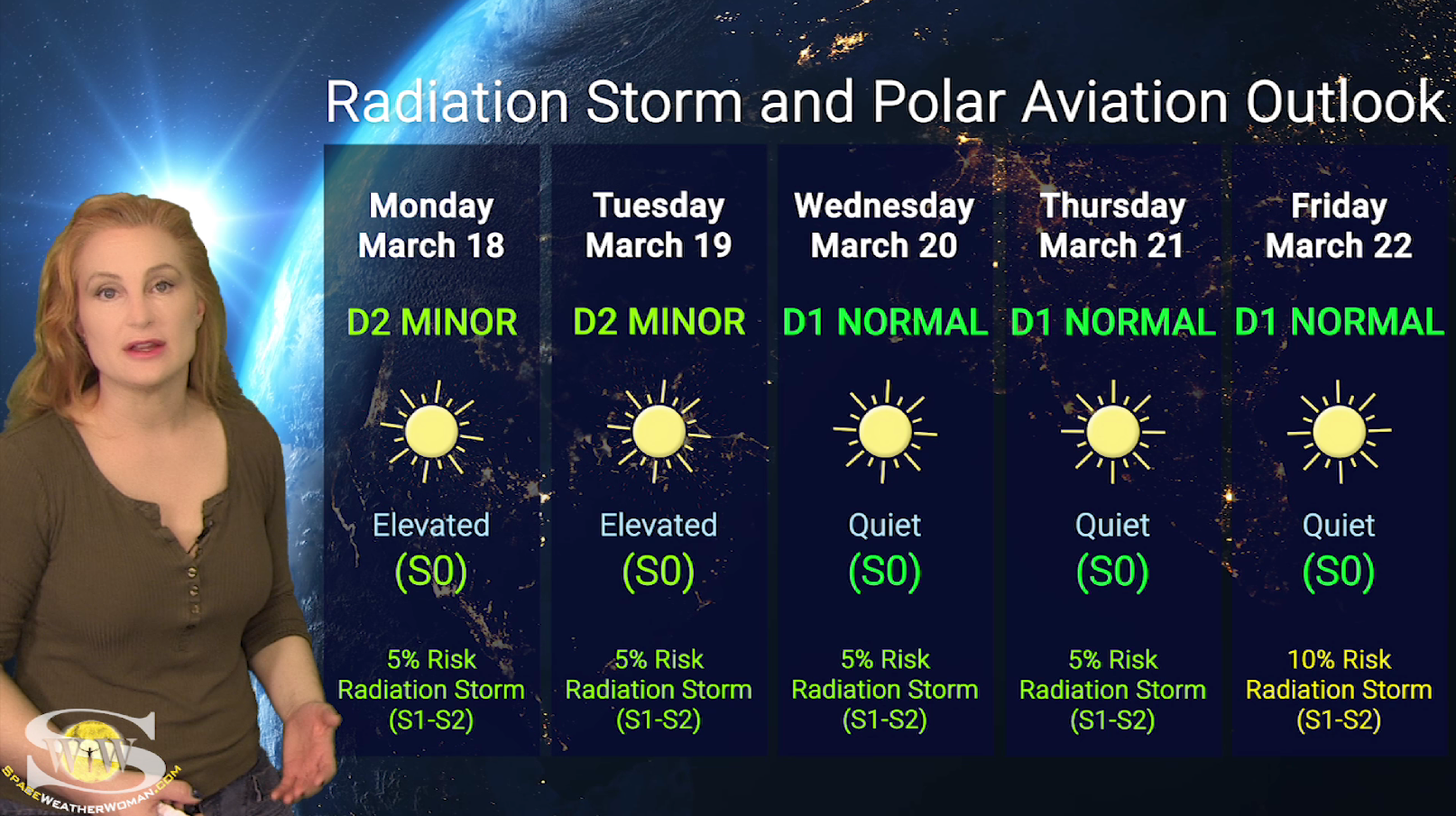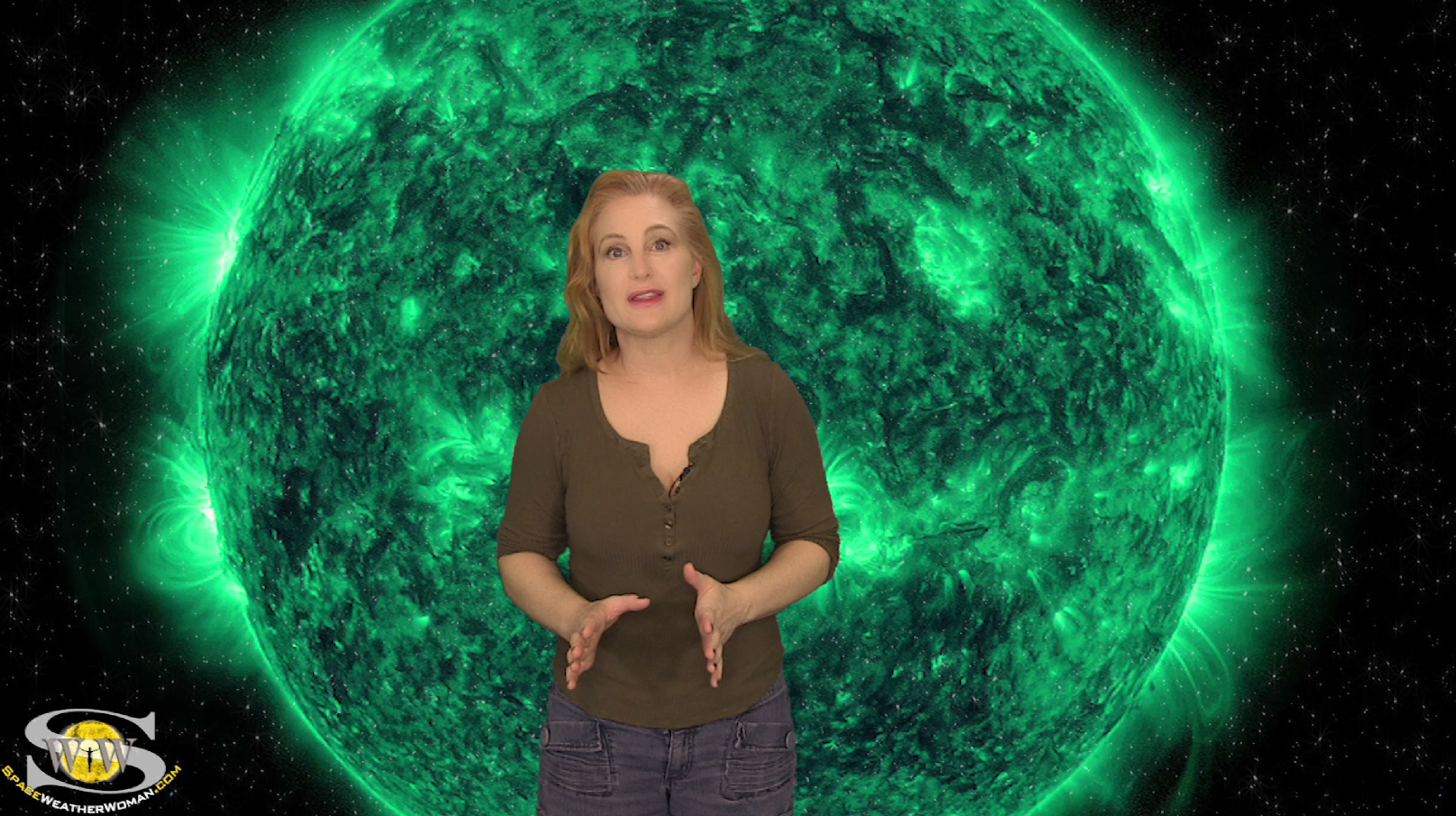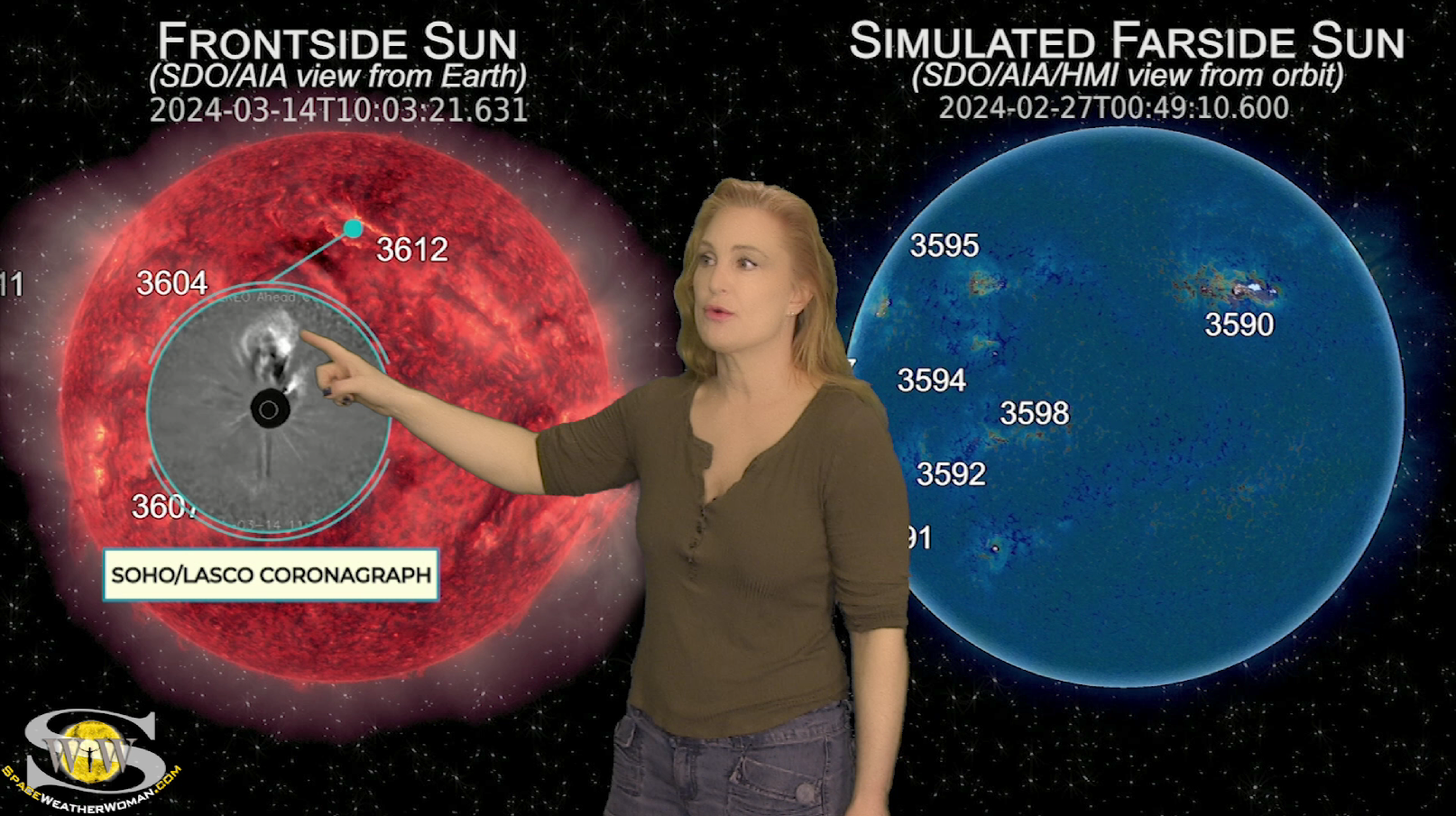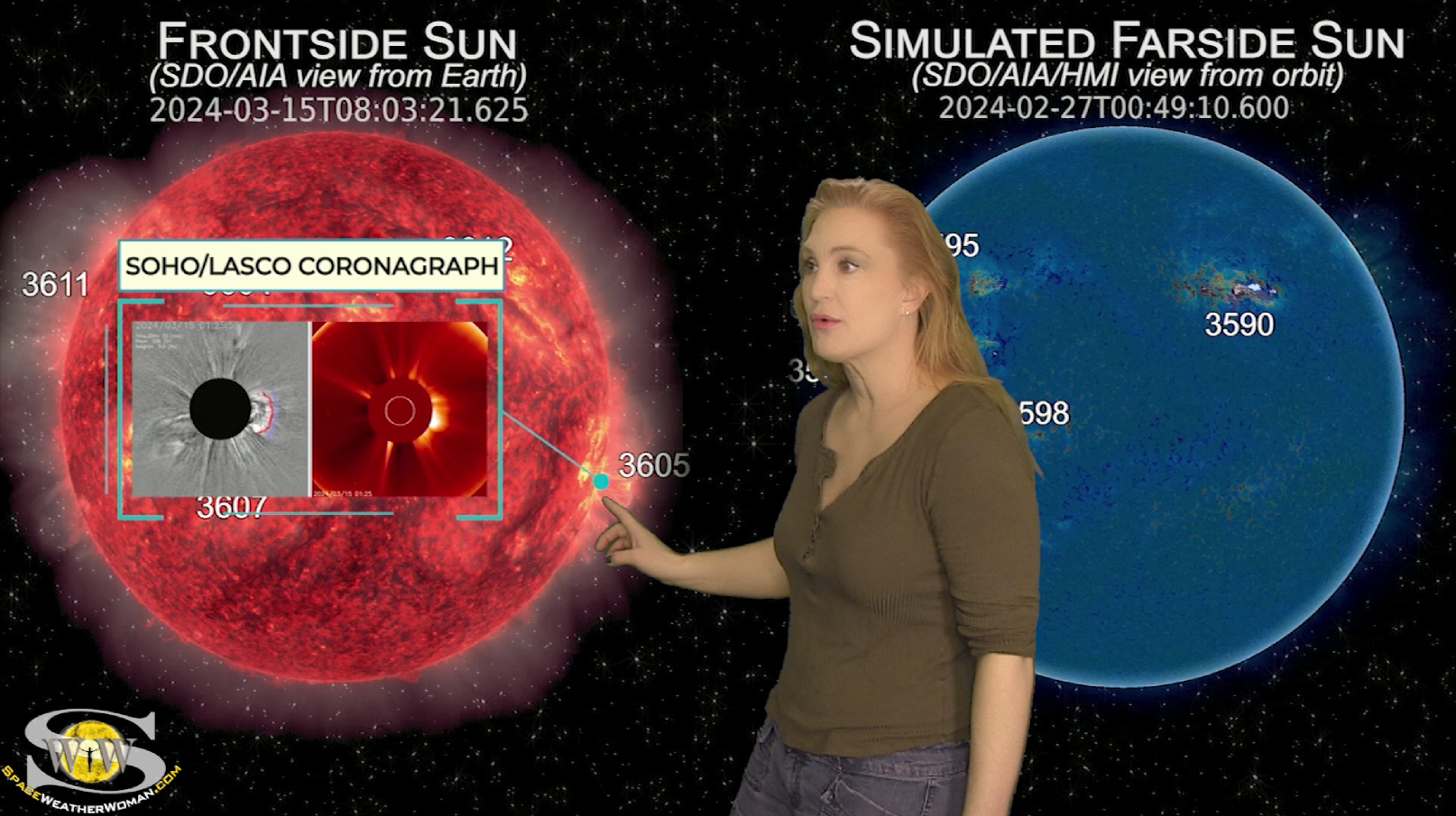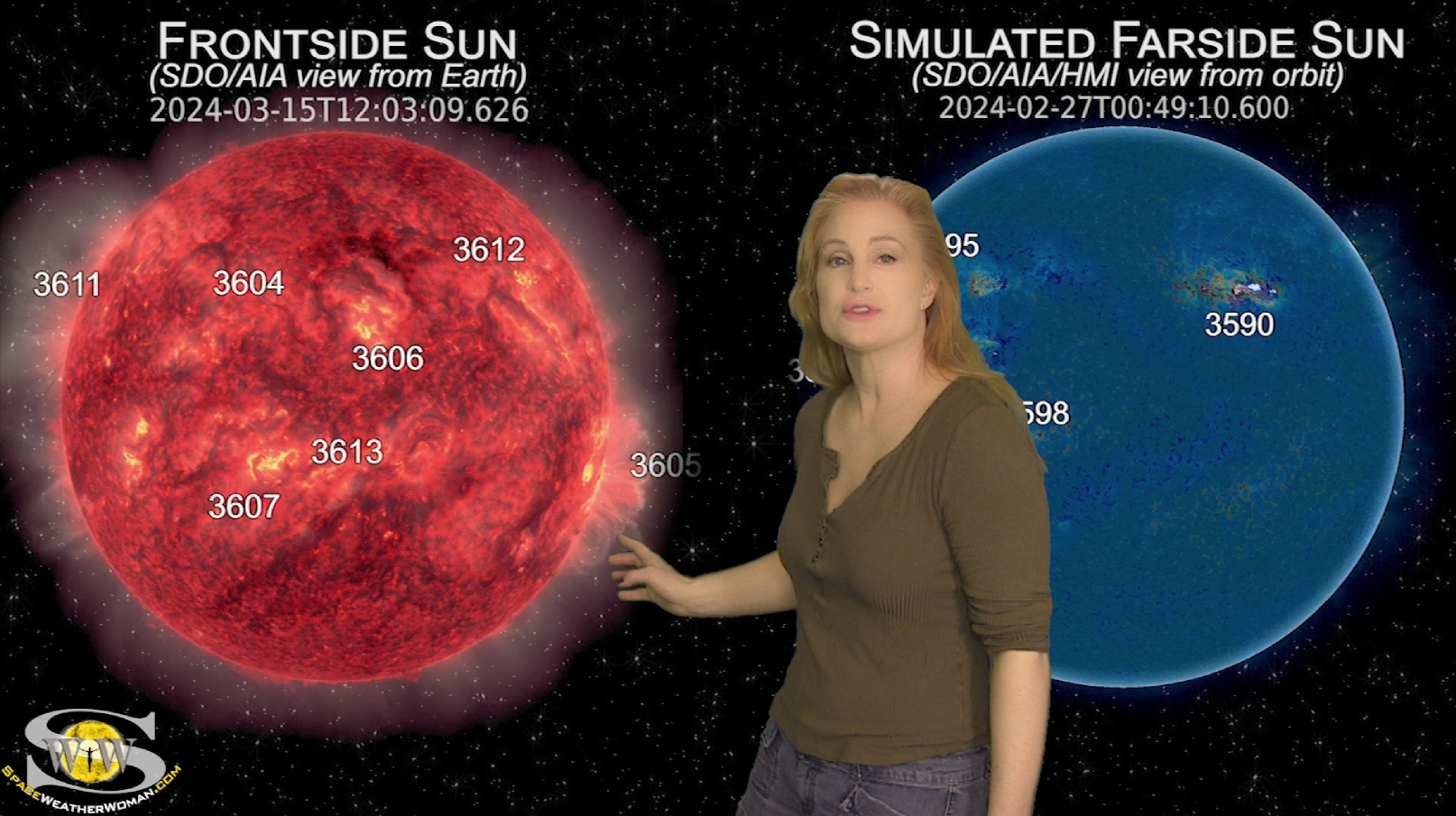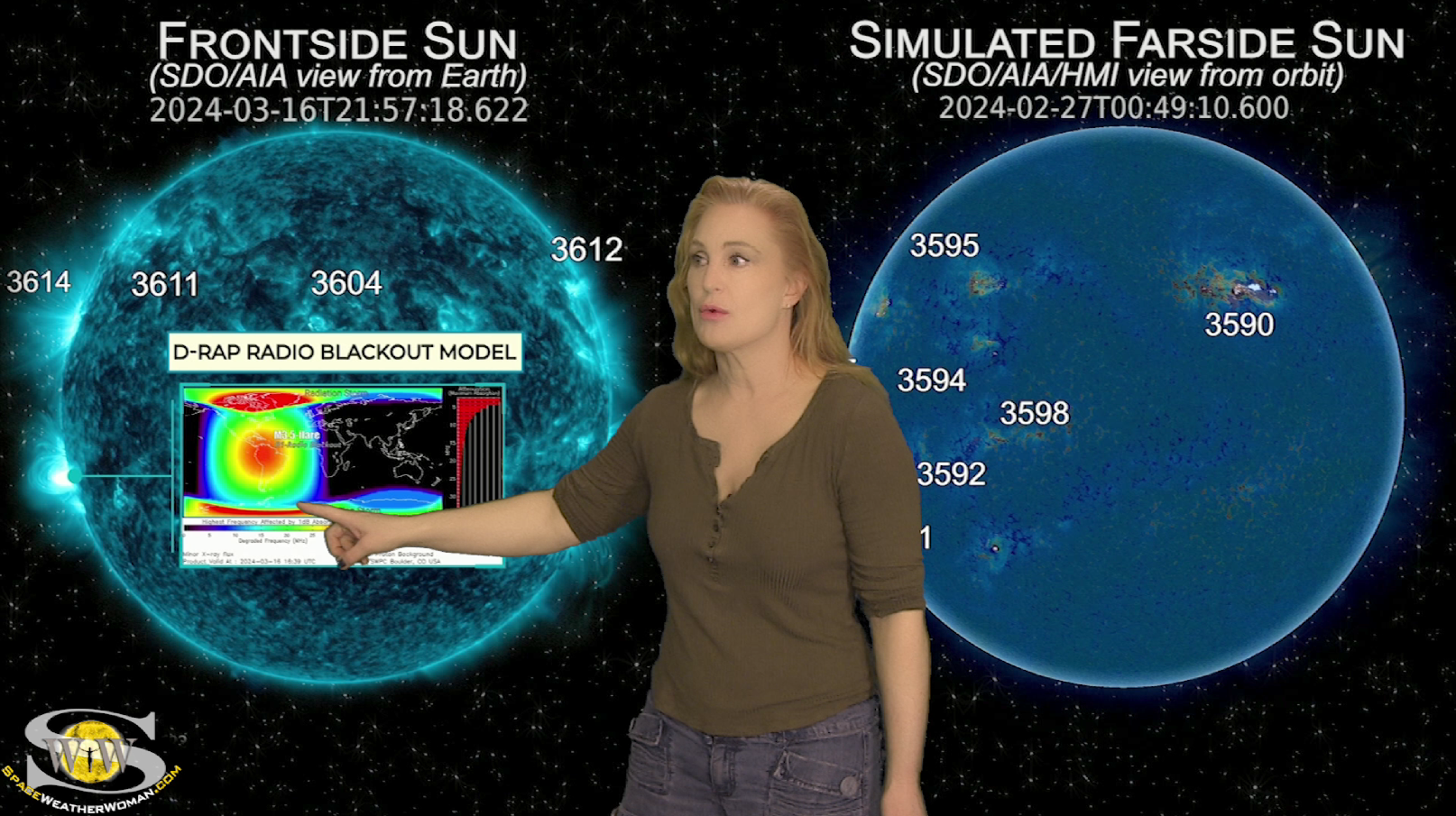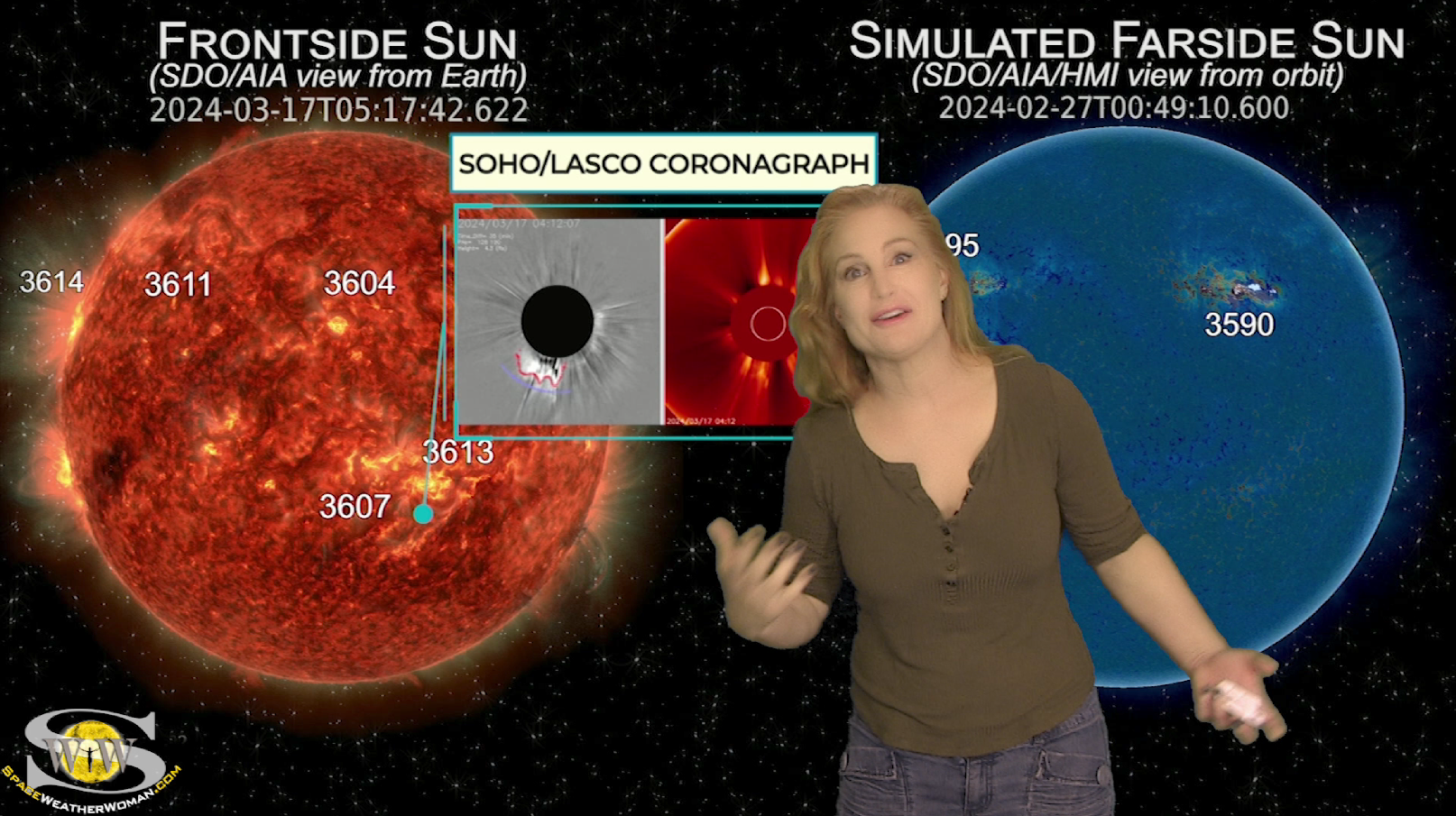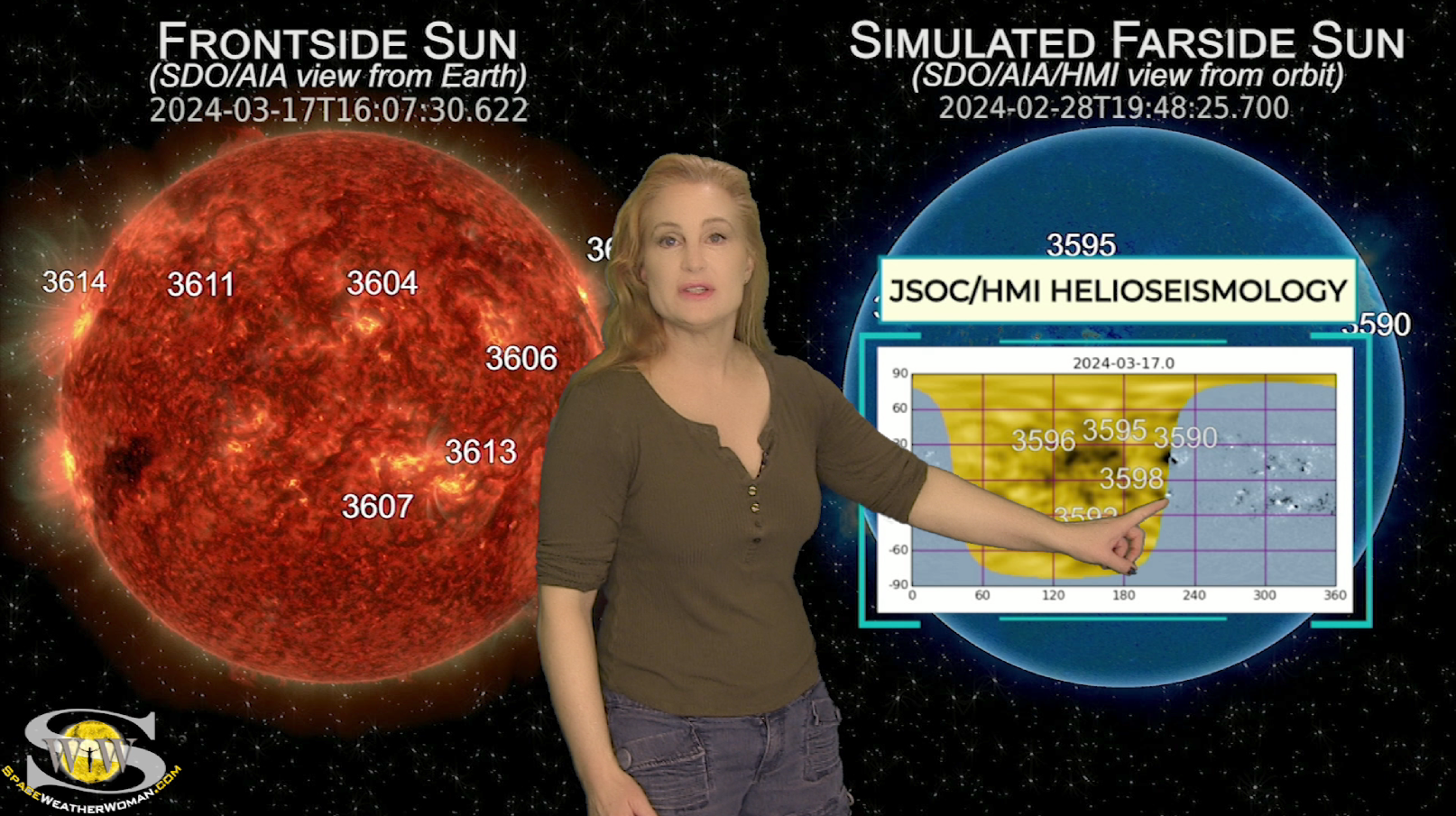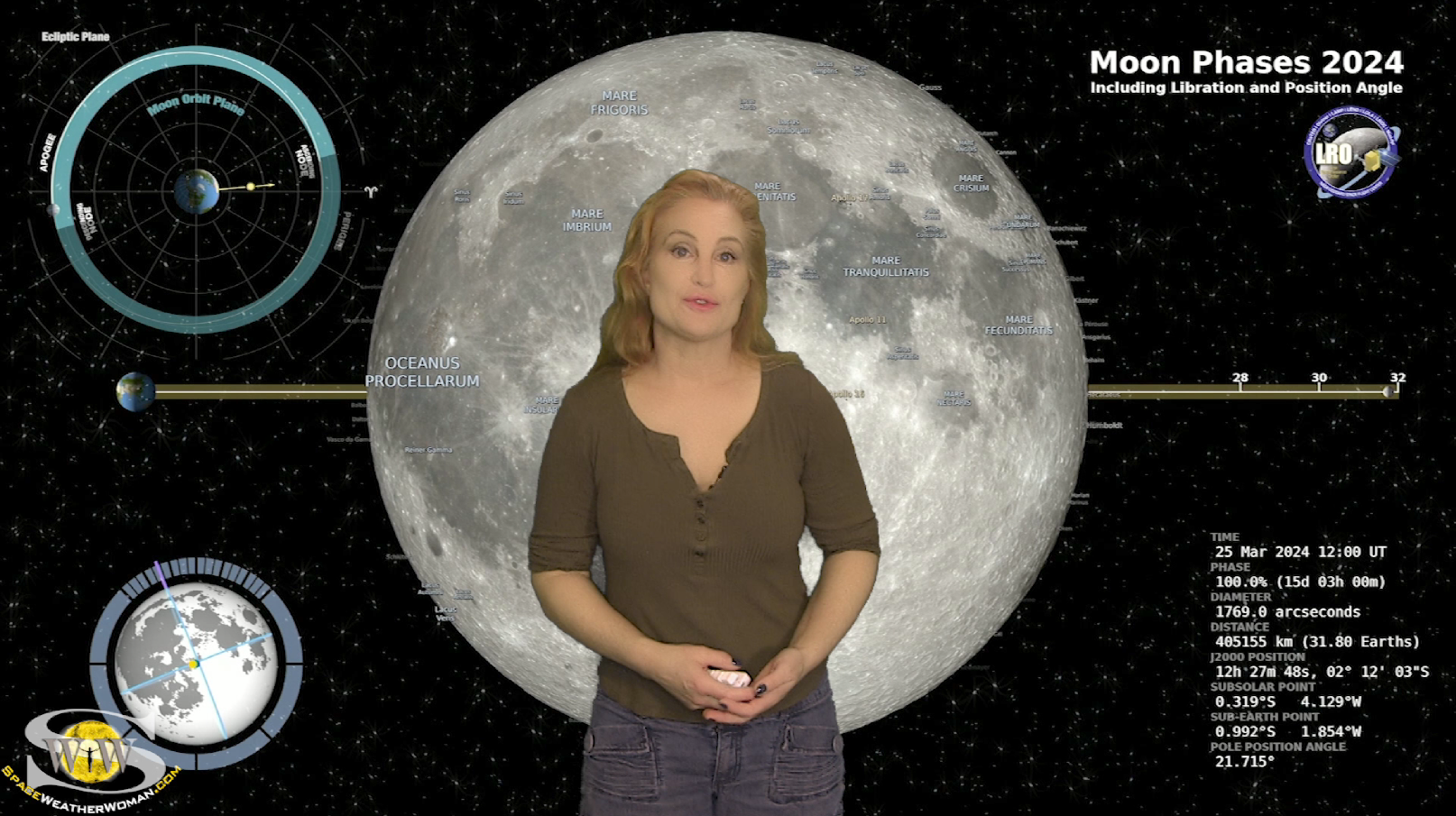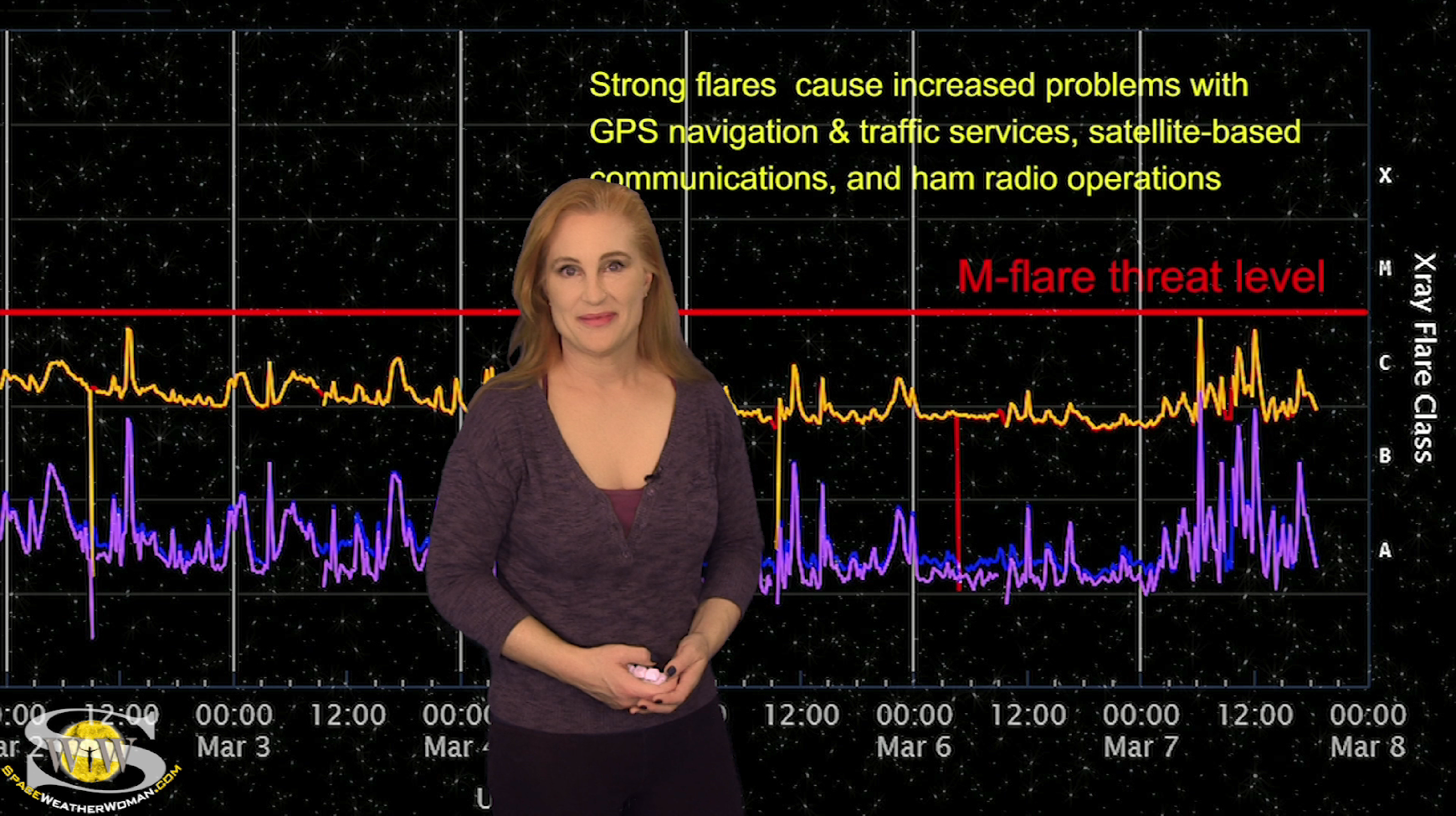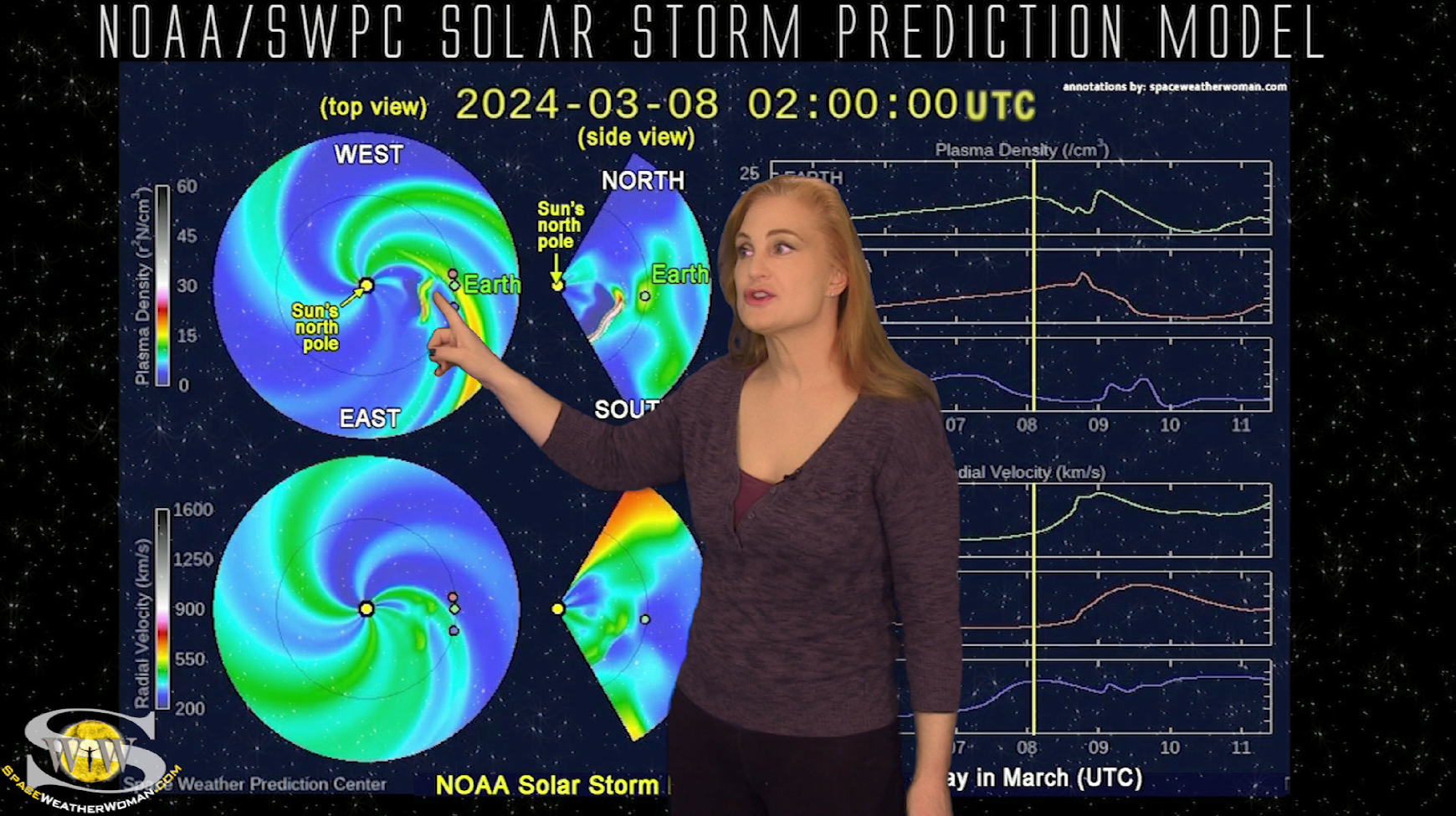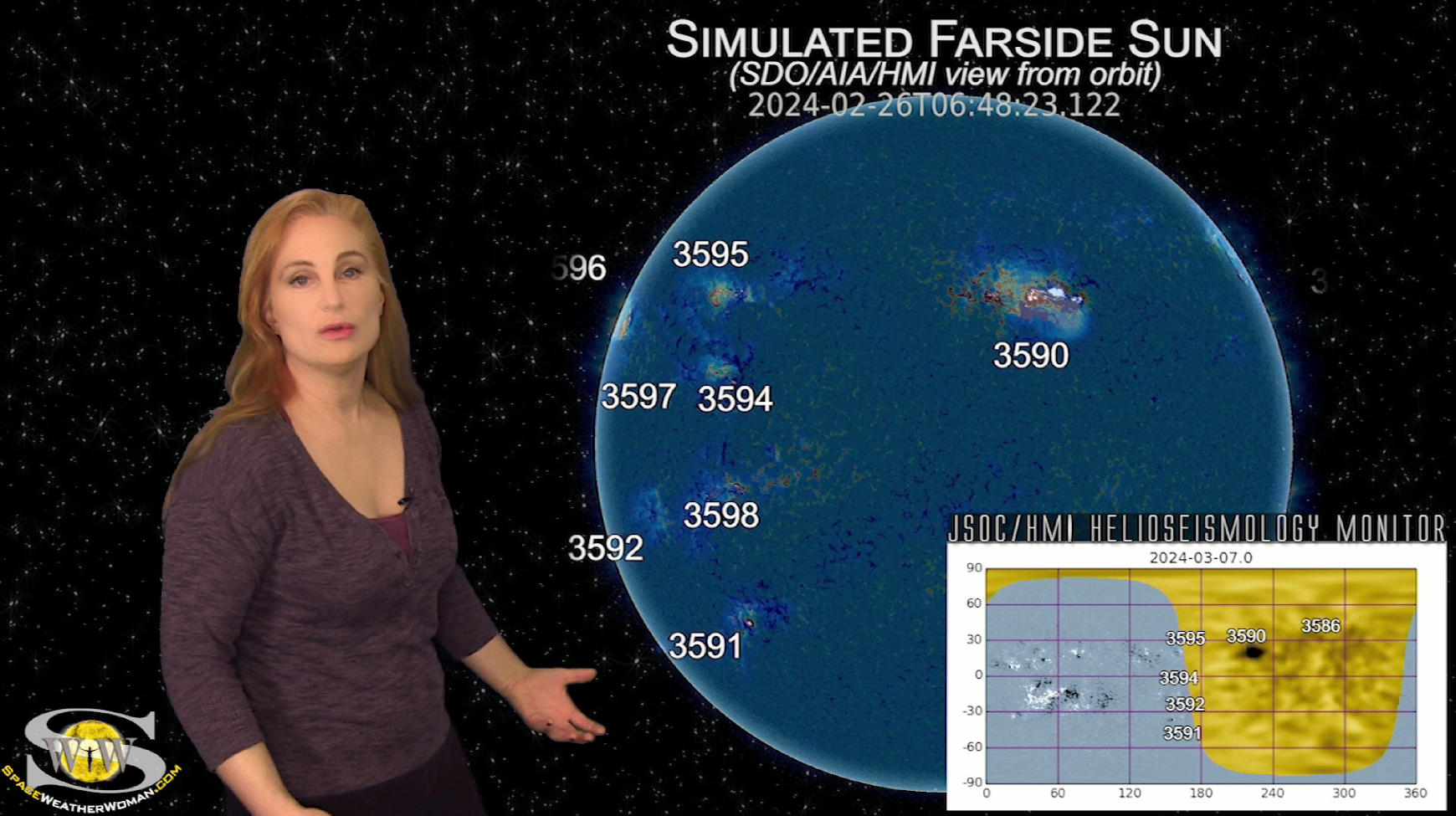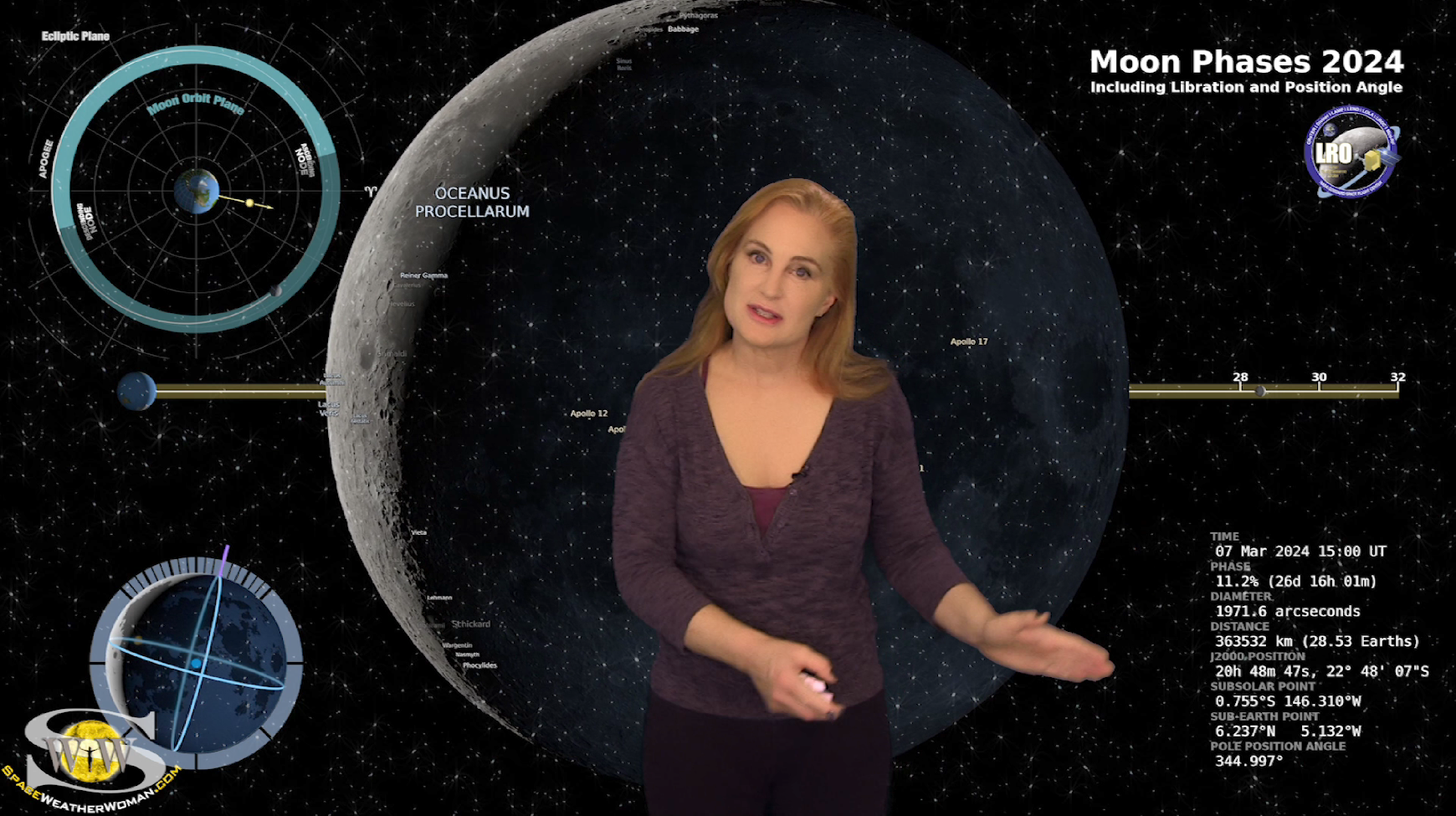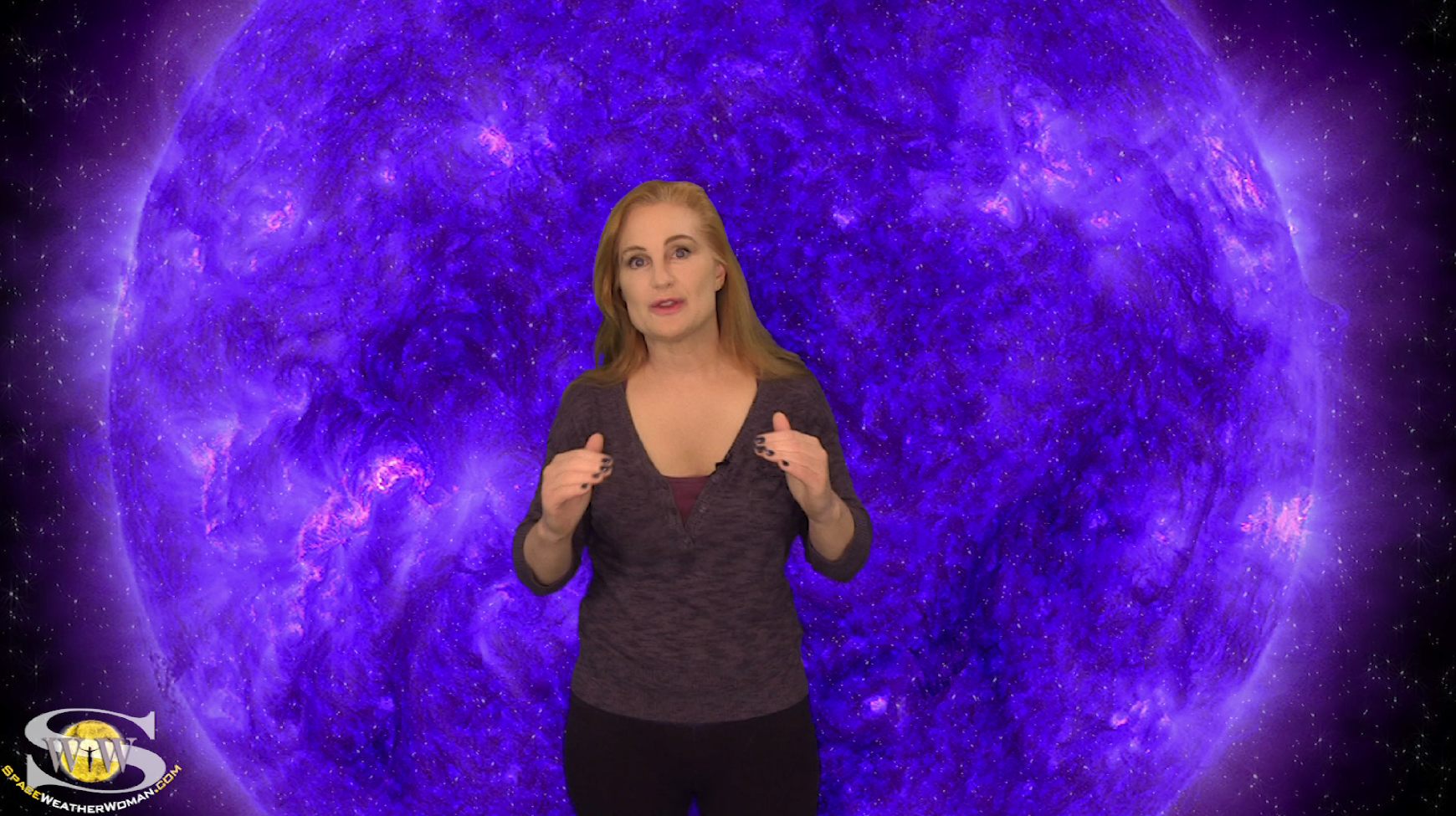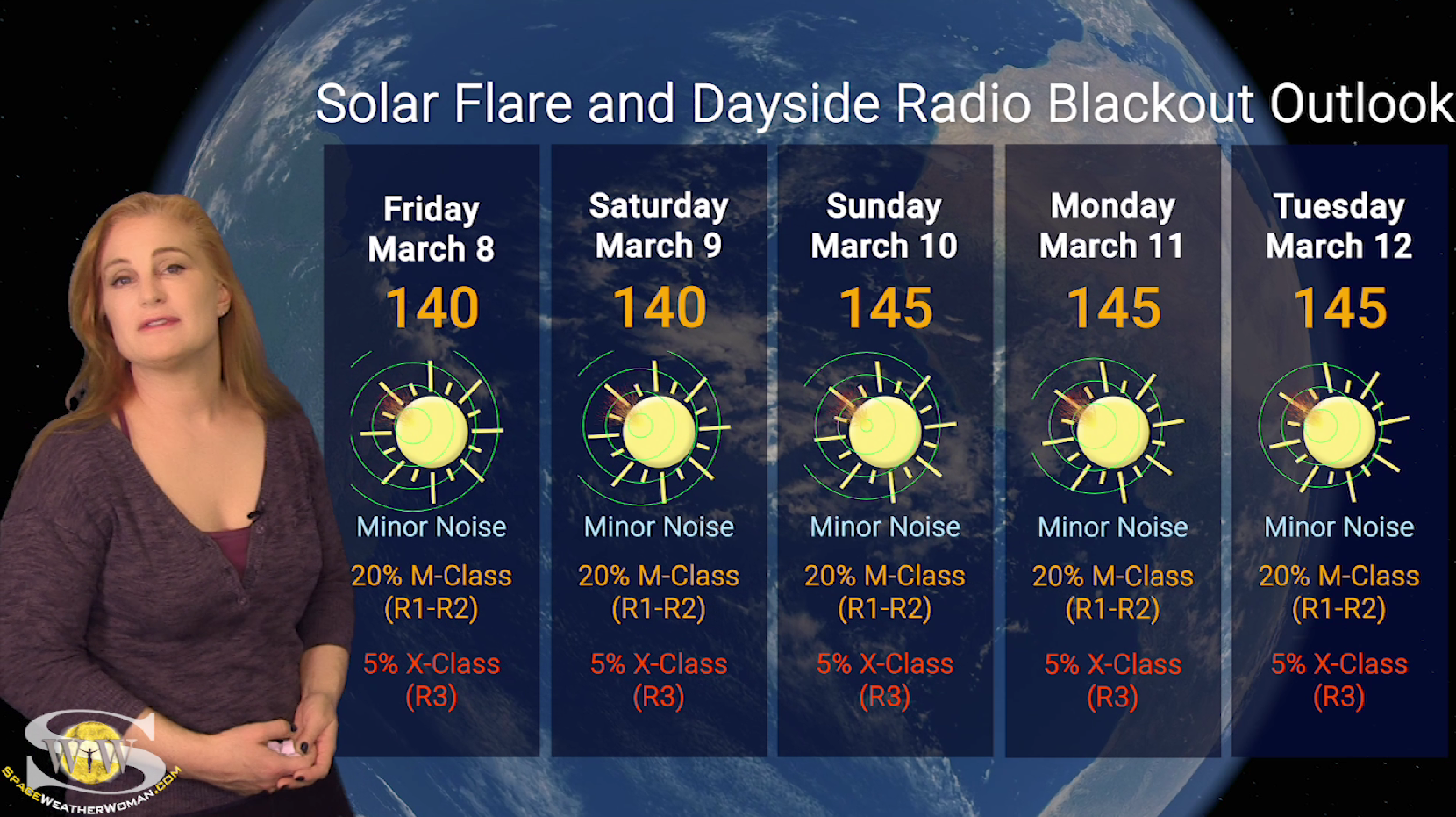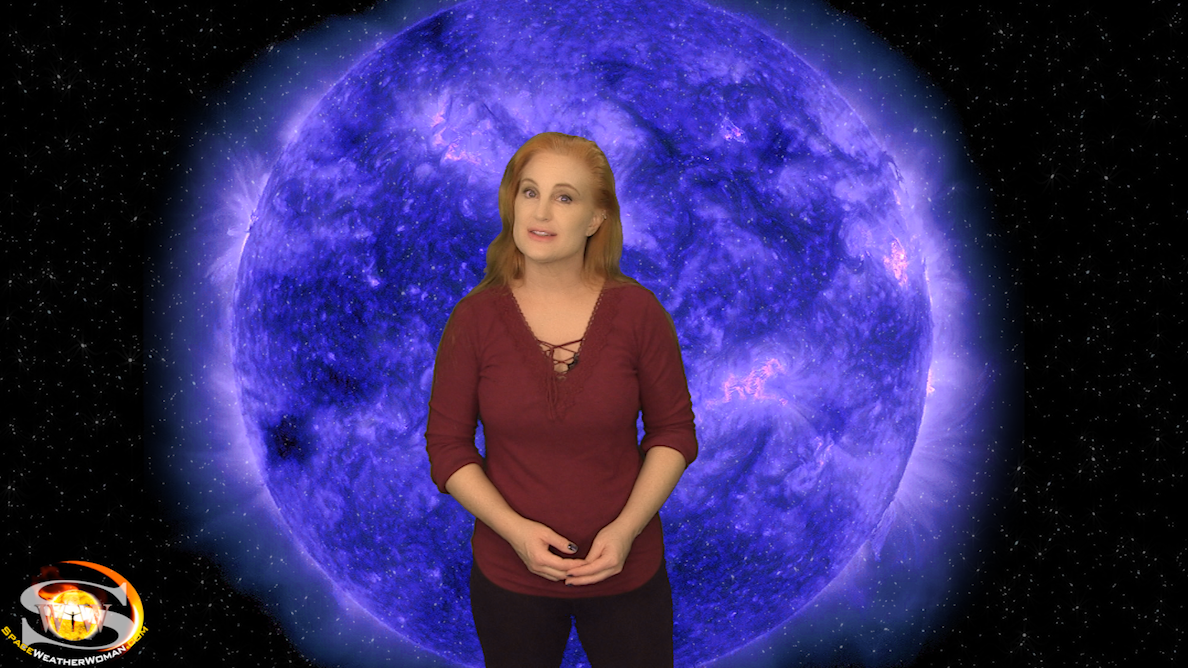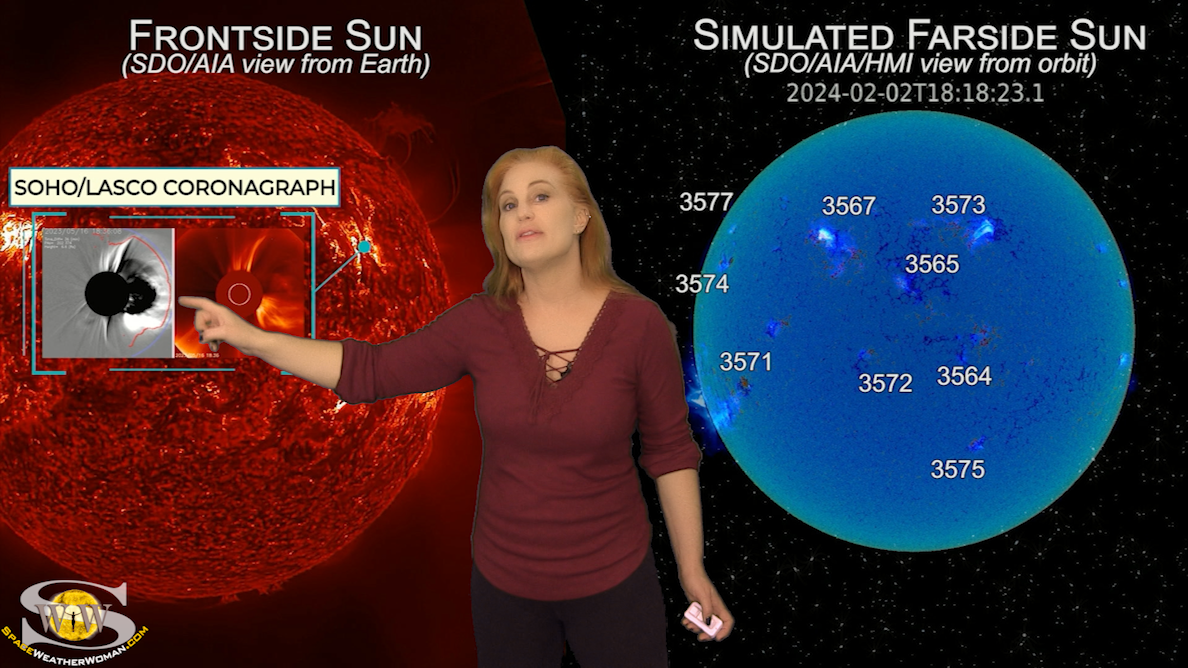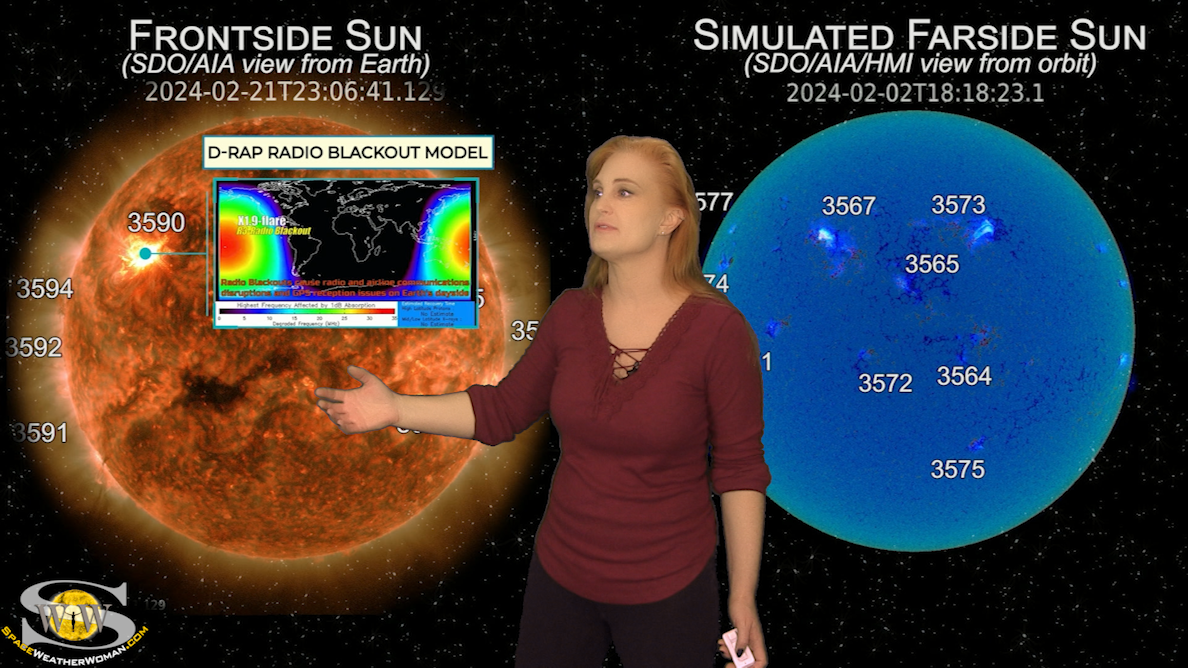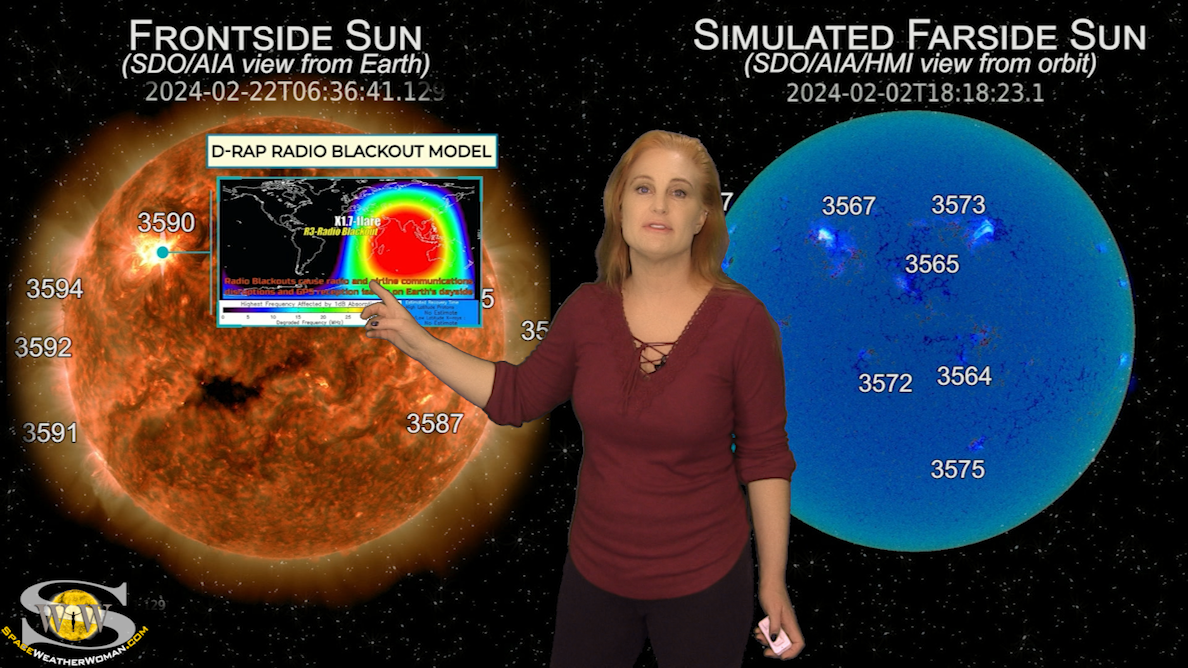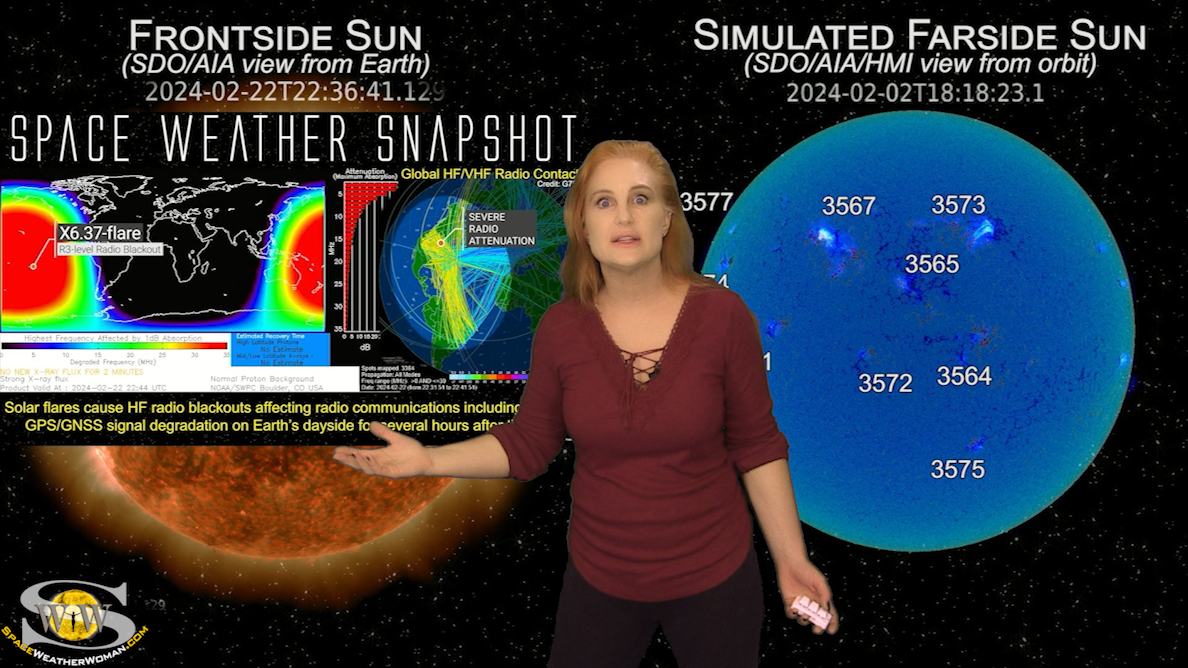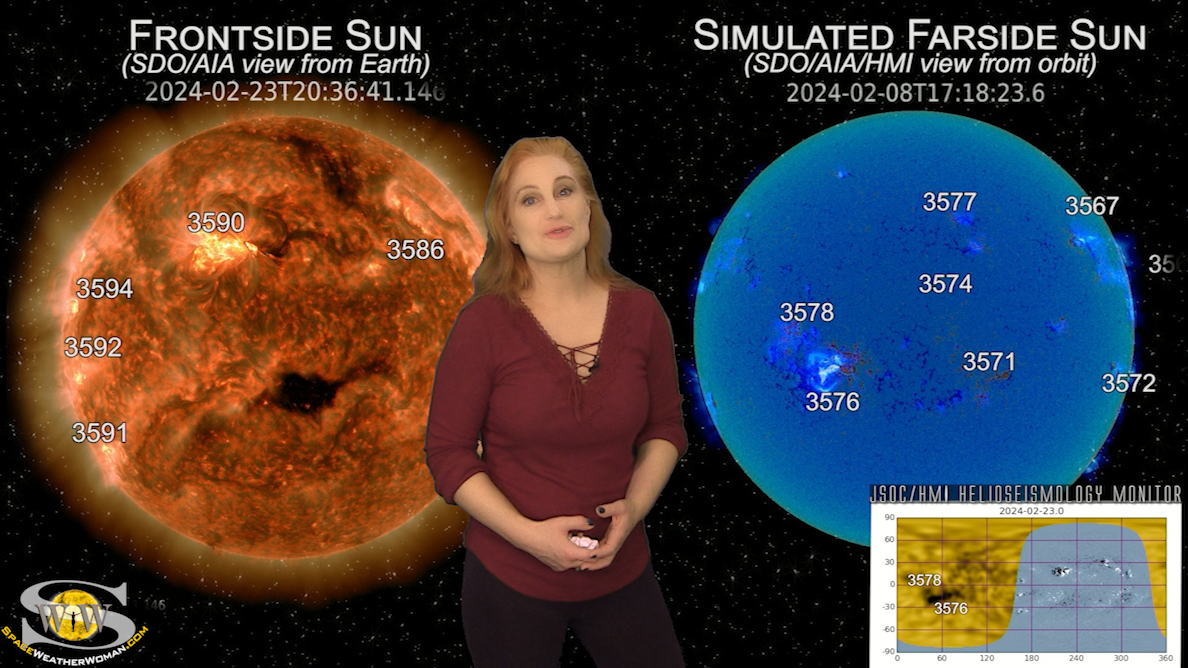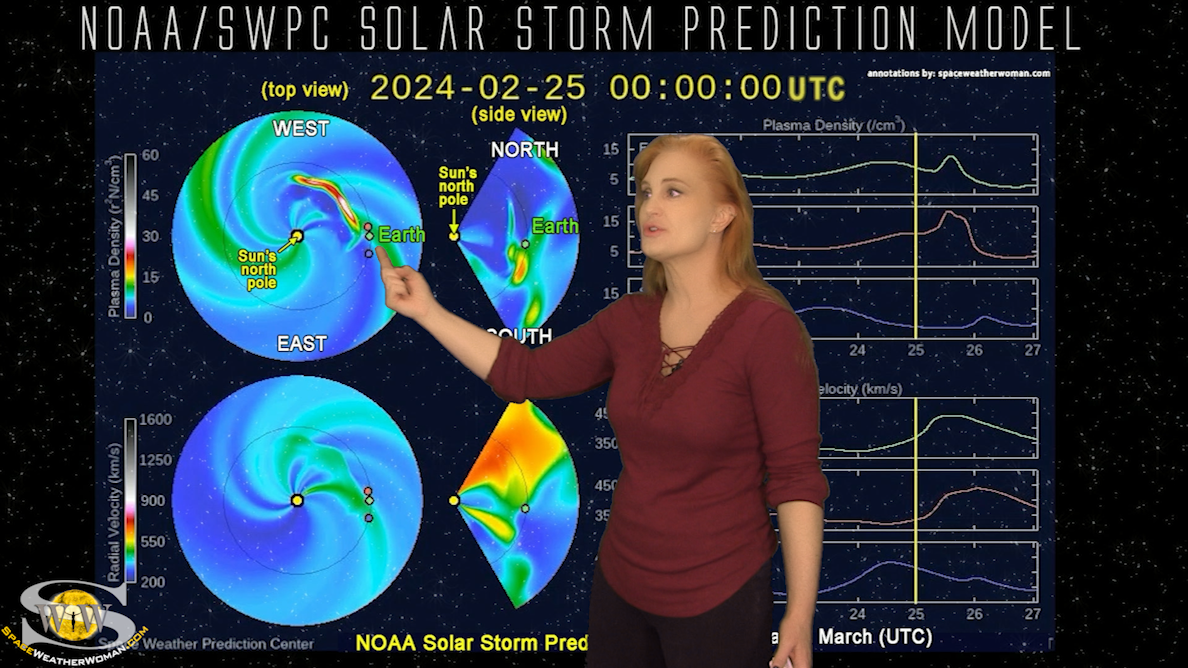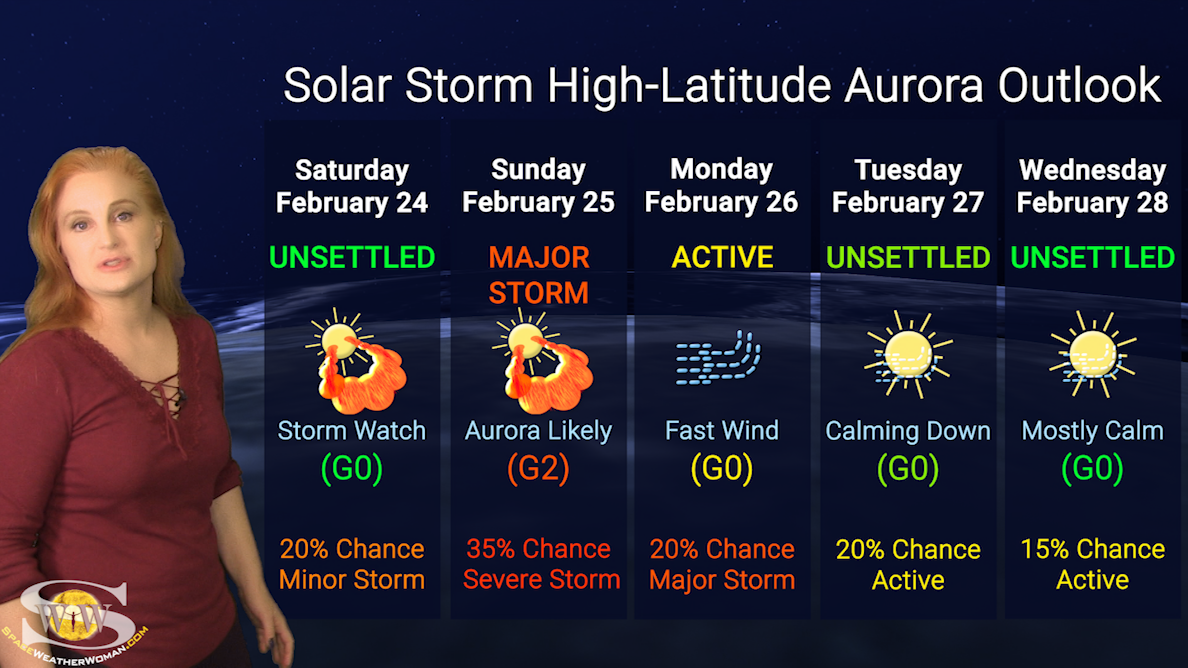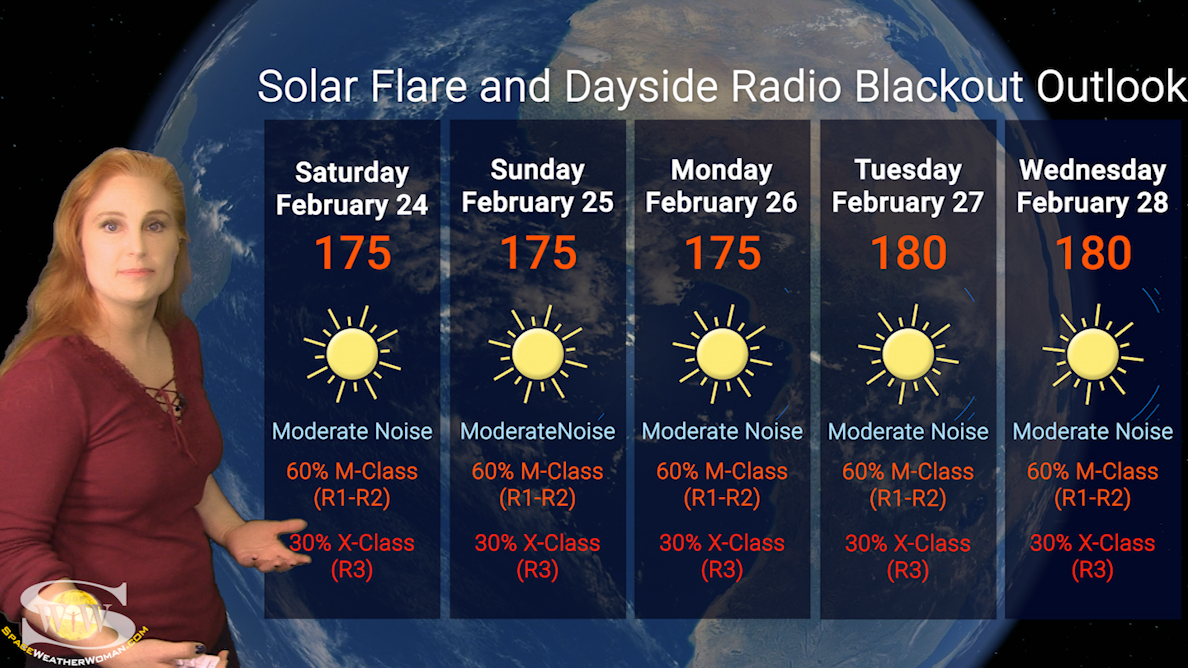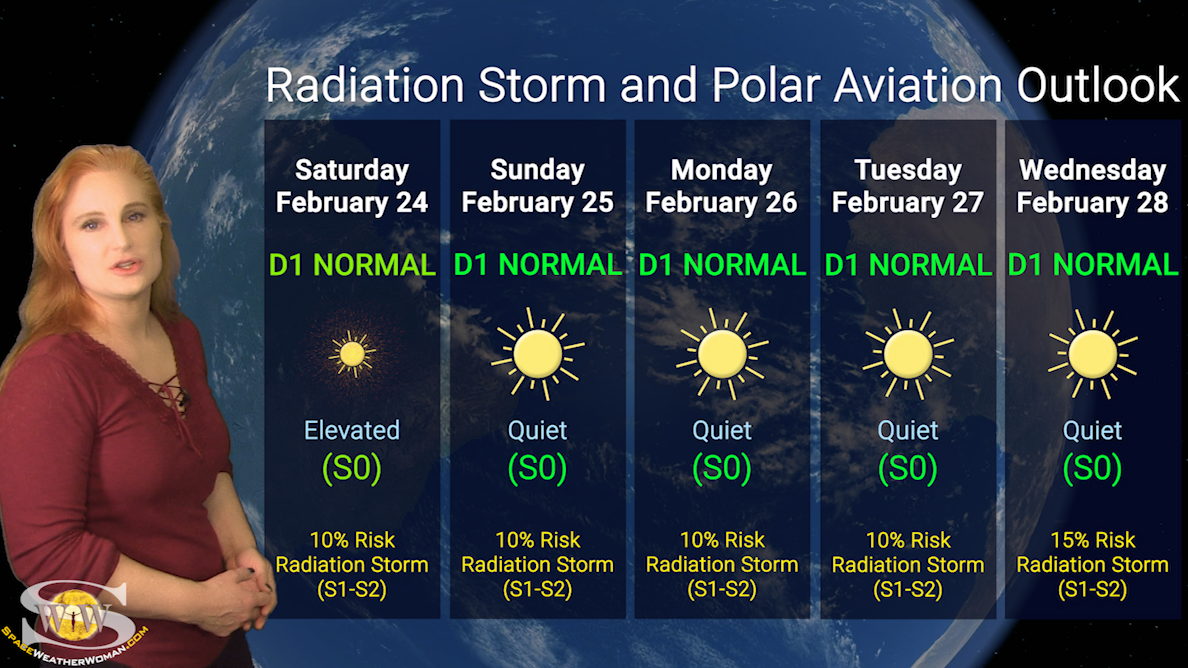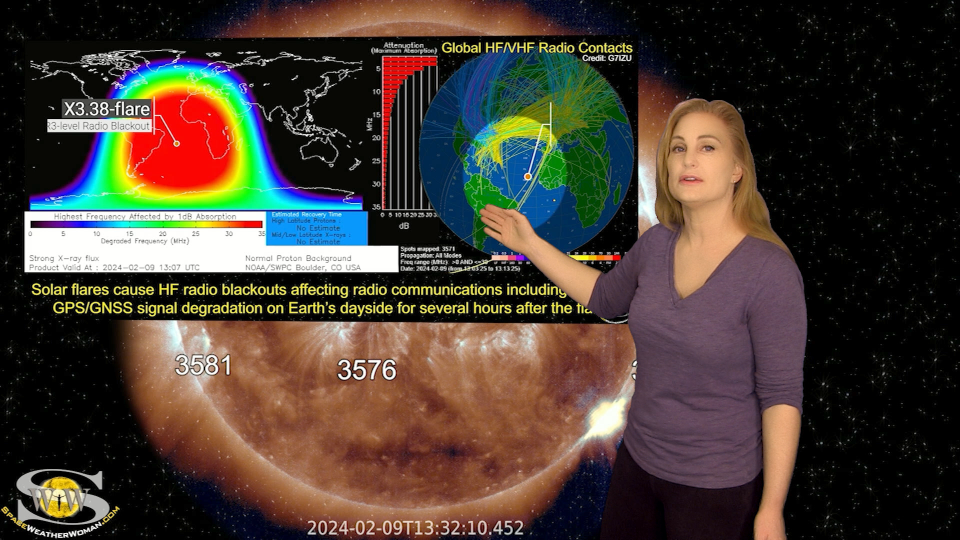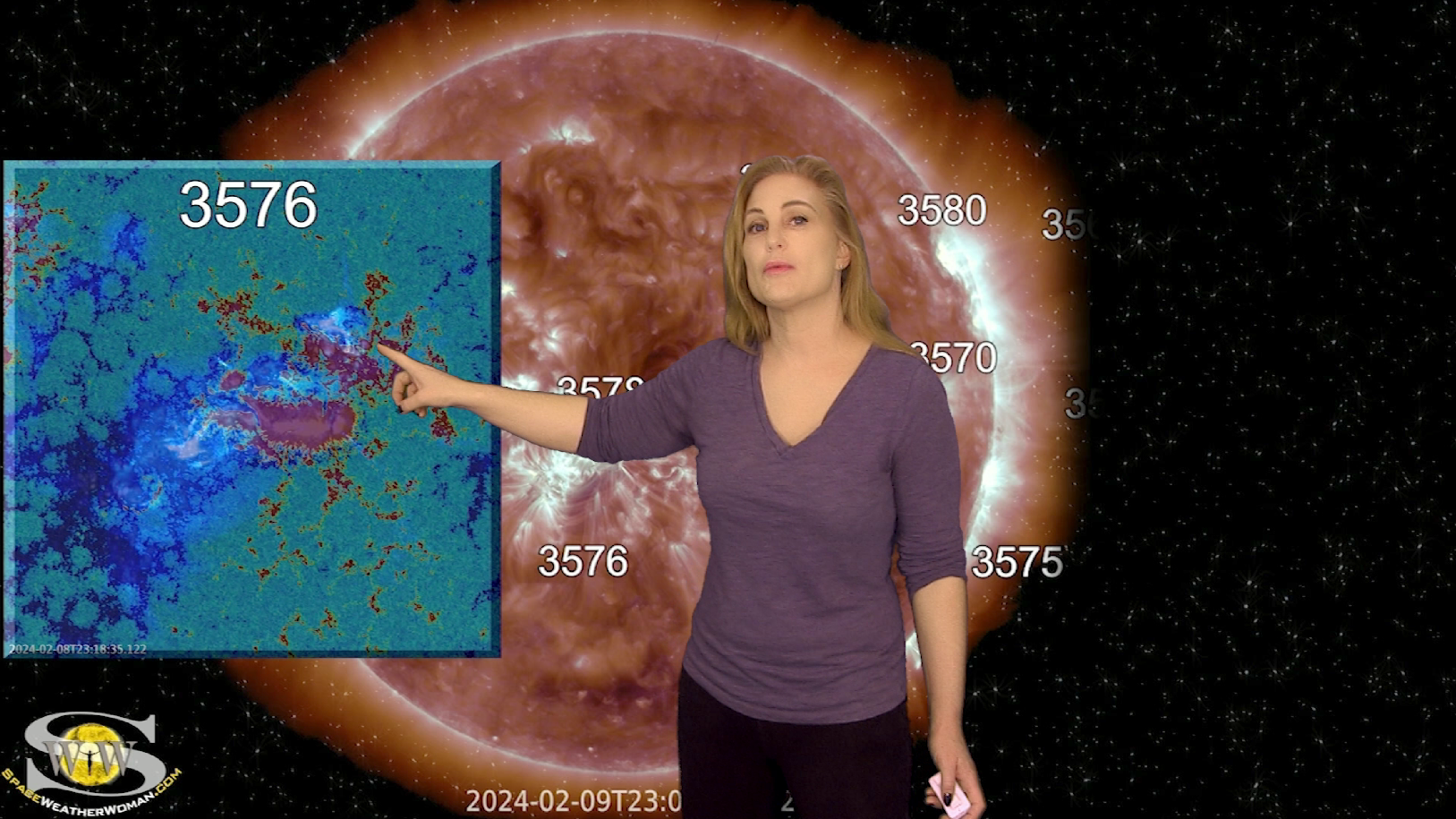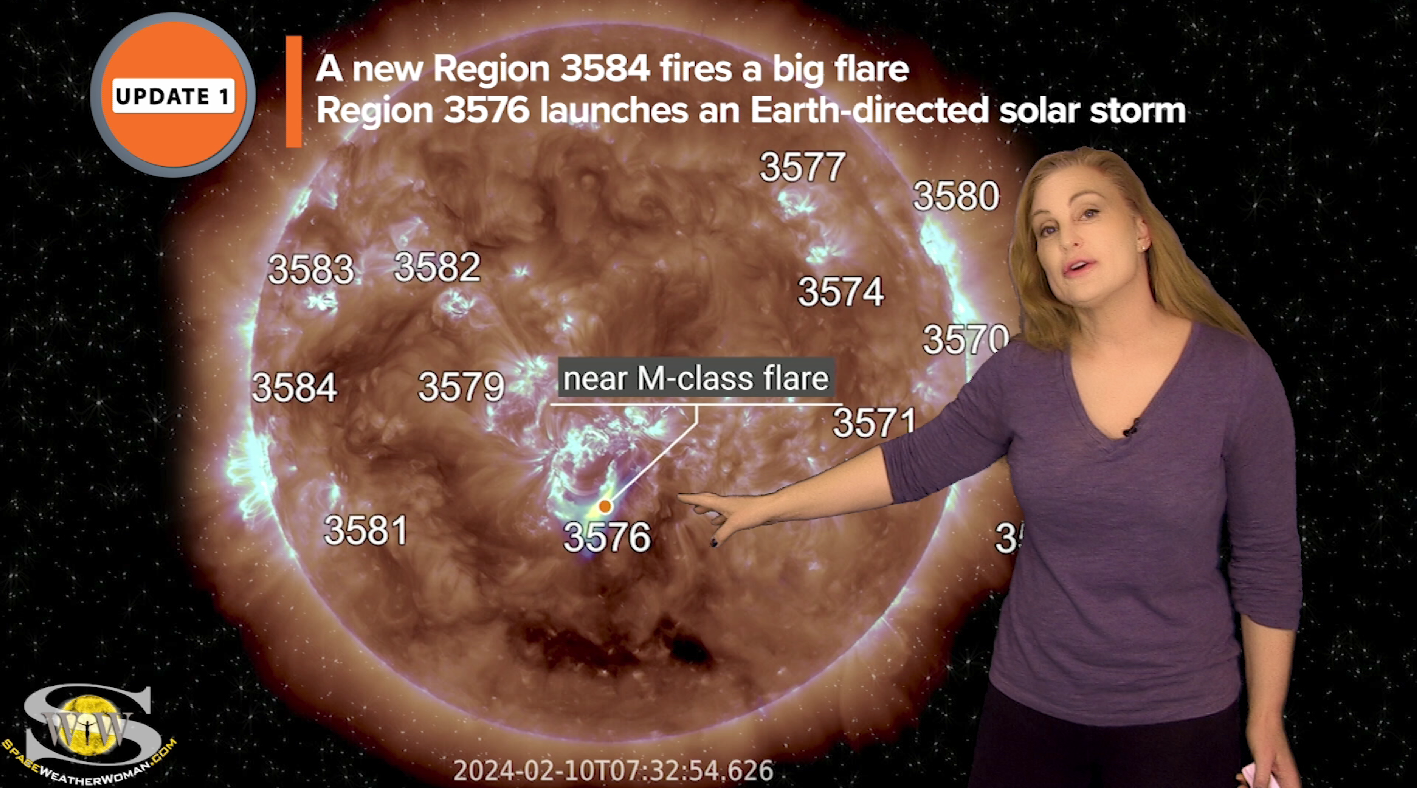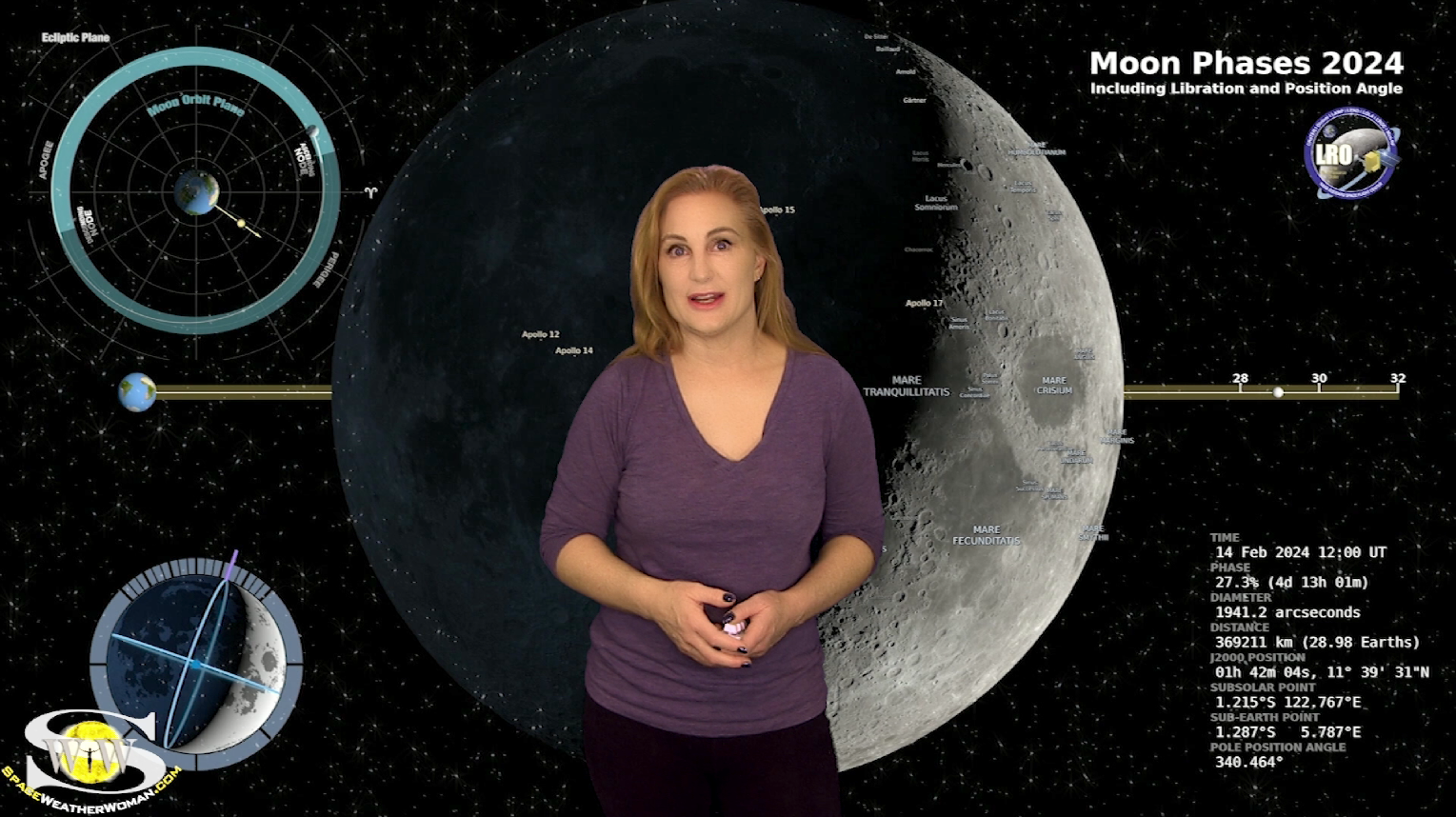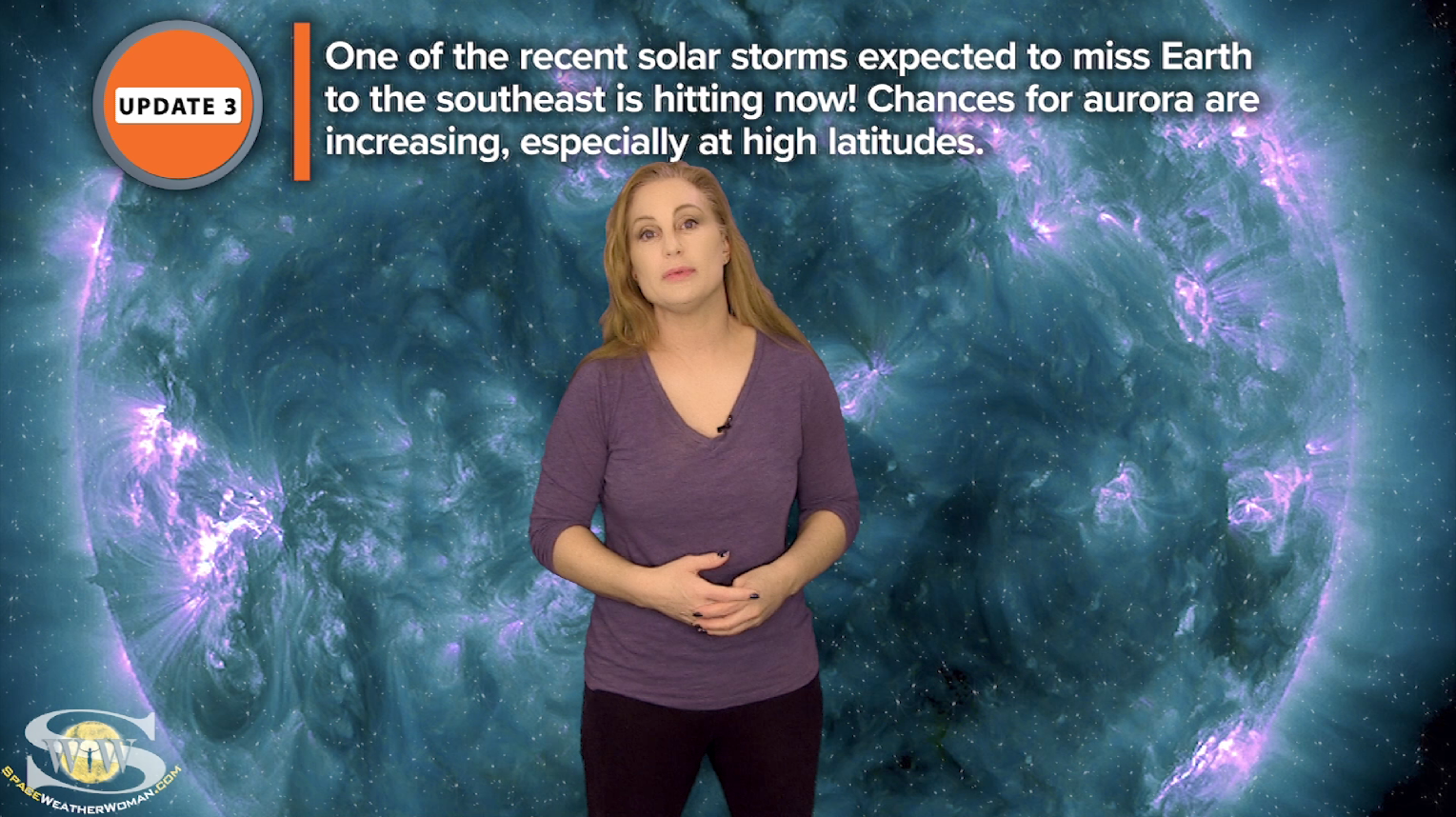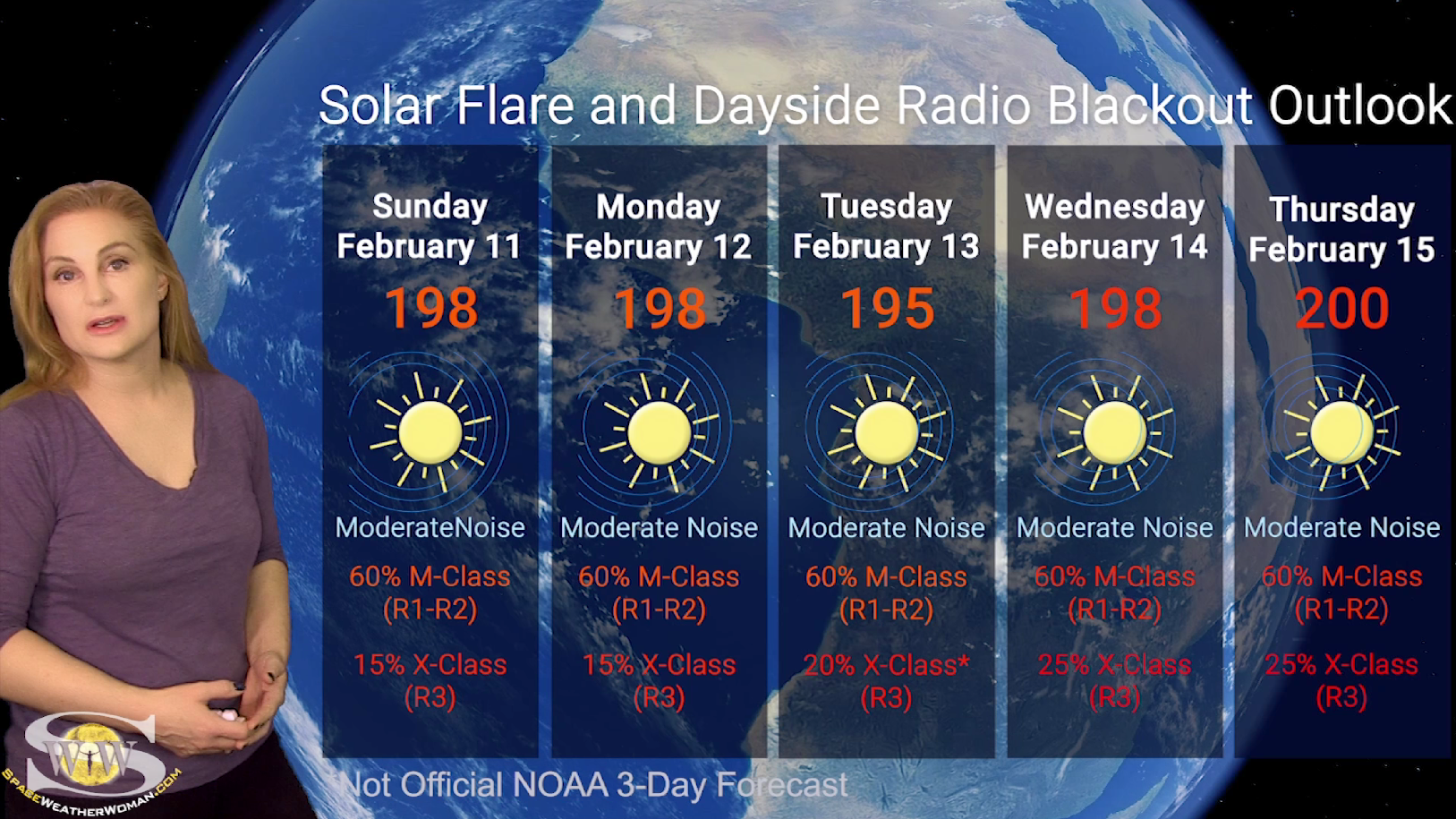Earth Dodges Bullets as the Sun’s Farside Blasts Wide | Space Weather Spotlight 20 June 2024
This week our Sun stays active but has terrible aim. Earth has dodged at least four solar storms launched off the Earth-facing Sun. The only expected impact will be from some fast solar wind over the next couple of days, but that shouldn’t cause too much trouble for radio amateurs participating in “Field Day” this weekend. Aurora photographers at high latitudes might get a chance for some good views though. We are also anticipating old Region 3697, which will begin to rotate back into Earth view starting around Saturday. Expect the chance for big flares and radio blackouts to begin to rise again as we move into next week. This region has been busy firing big flares and storms on the Sun’s farside so we could see this behavior continue once it rotates into view. Learn the details of the coming fast solar wind, watch some of the gorgeous filament eruptions over the past couple of days, as well as some that have yet to erupt, and see what else our Sun has in store.
Podcast: Play in new window | Download (Duration: 9:46 — 13.4MB)
Subscribe: Apple Podcasts | Spotify | RSS





























































